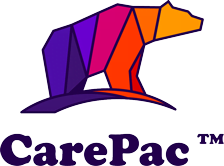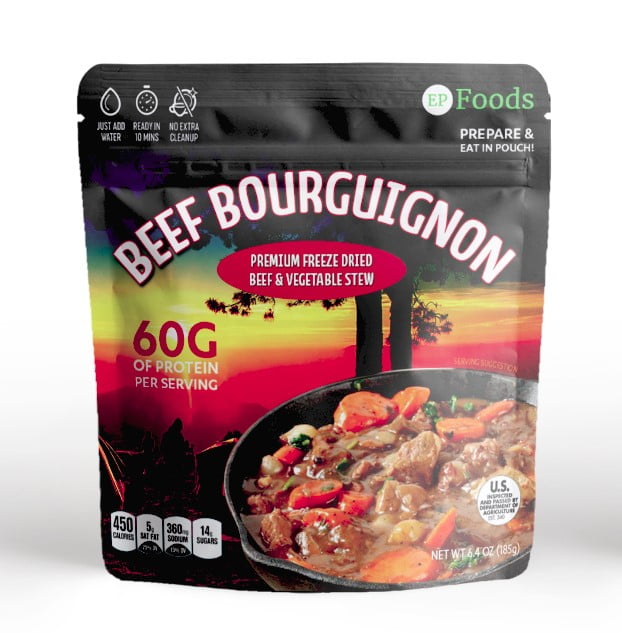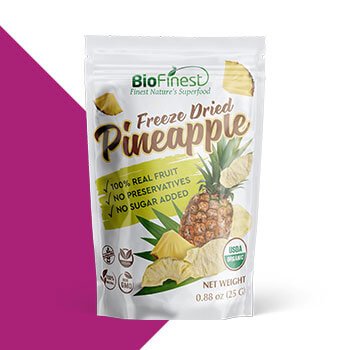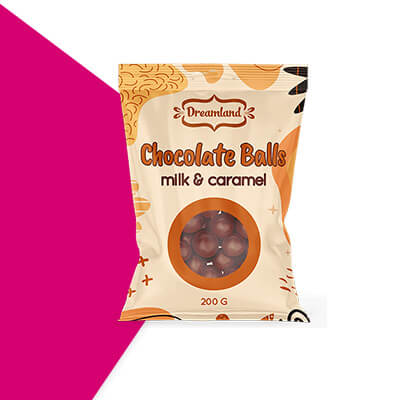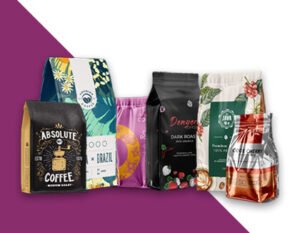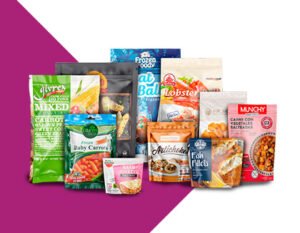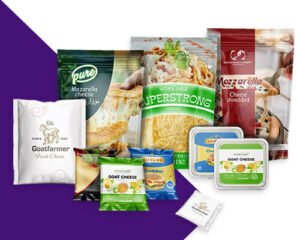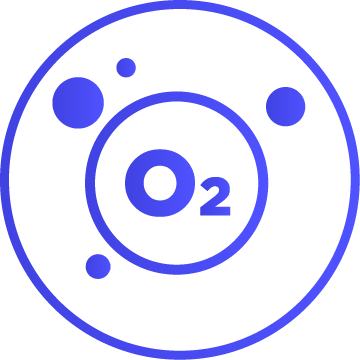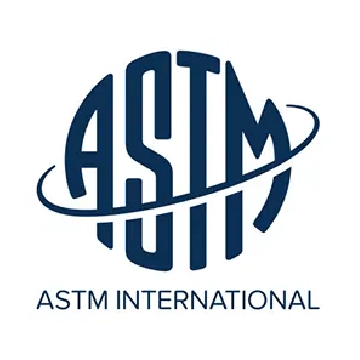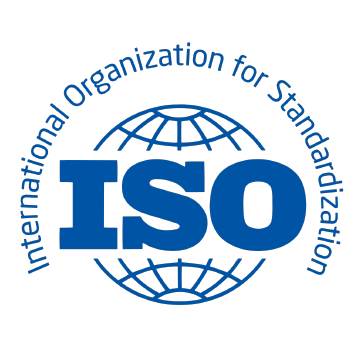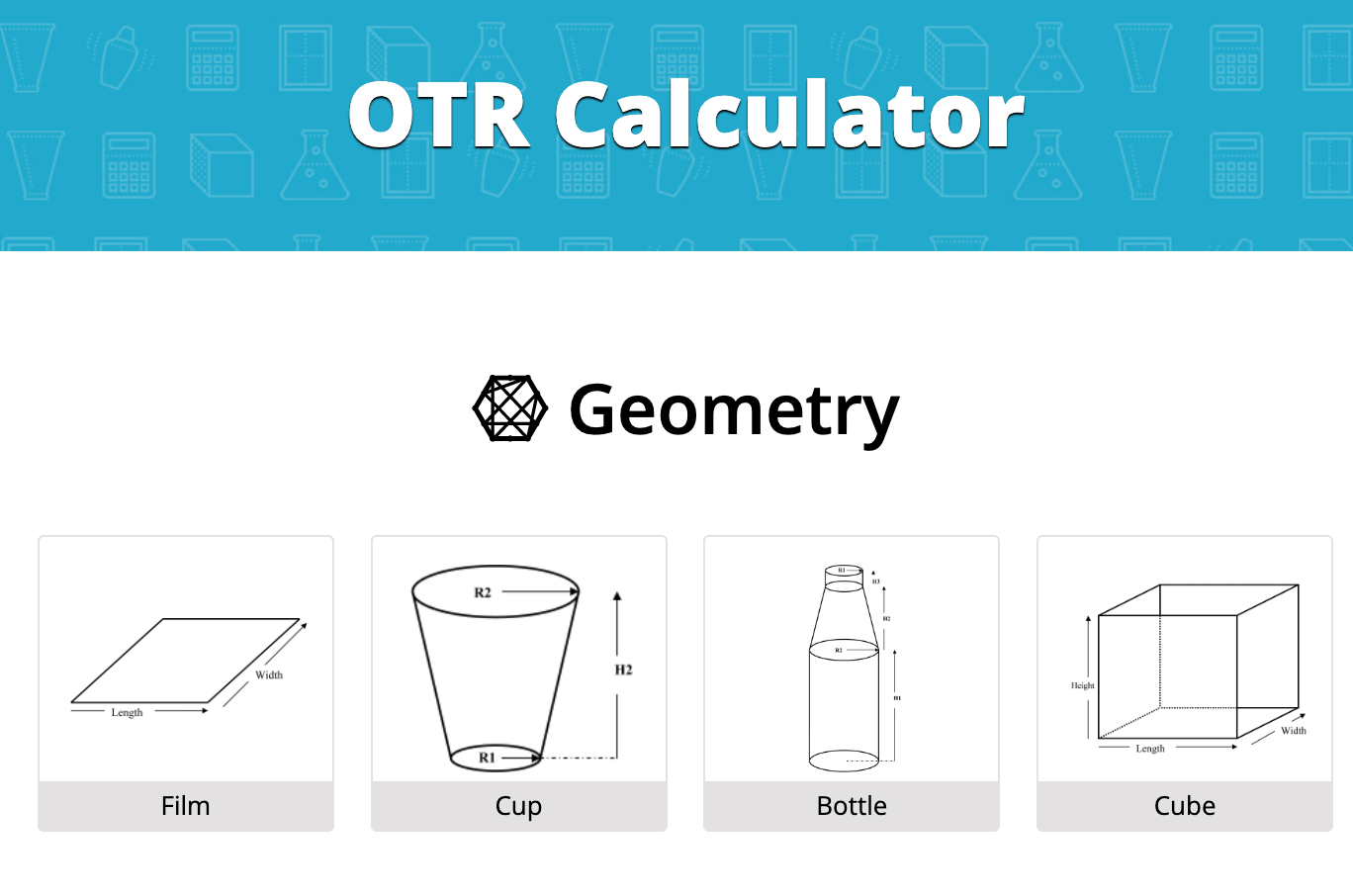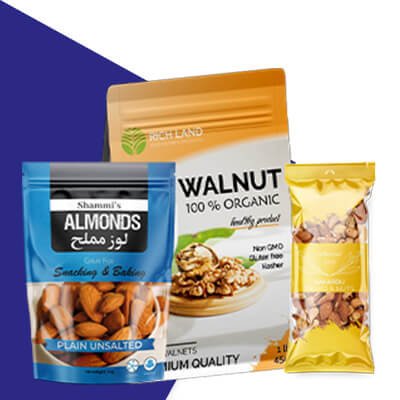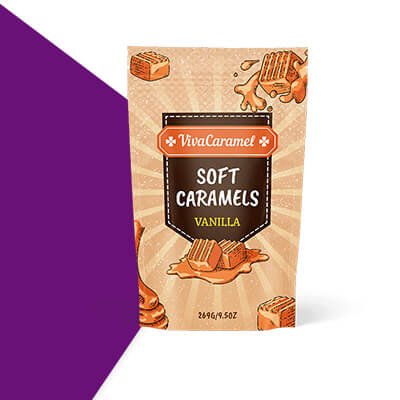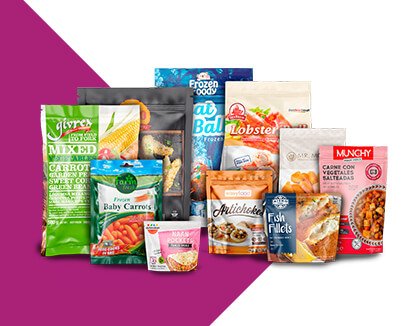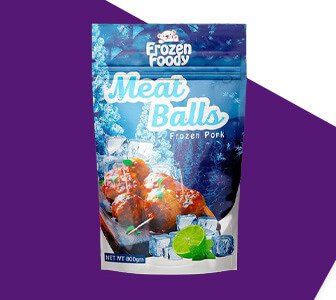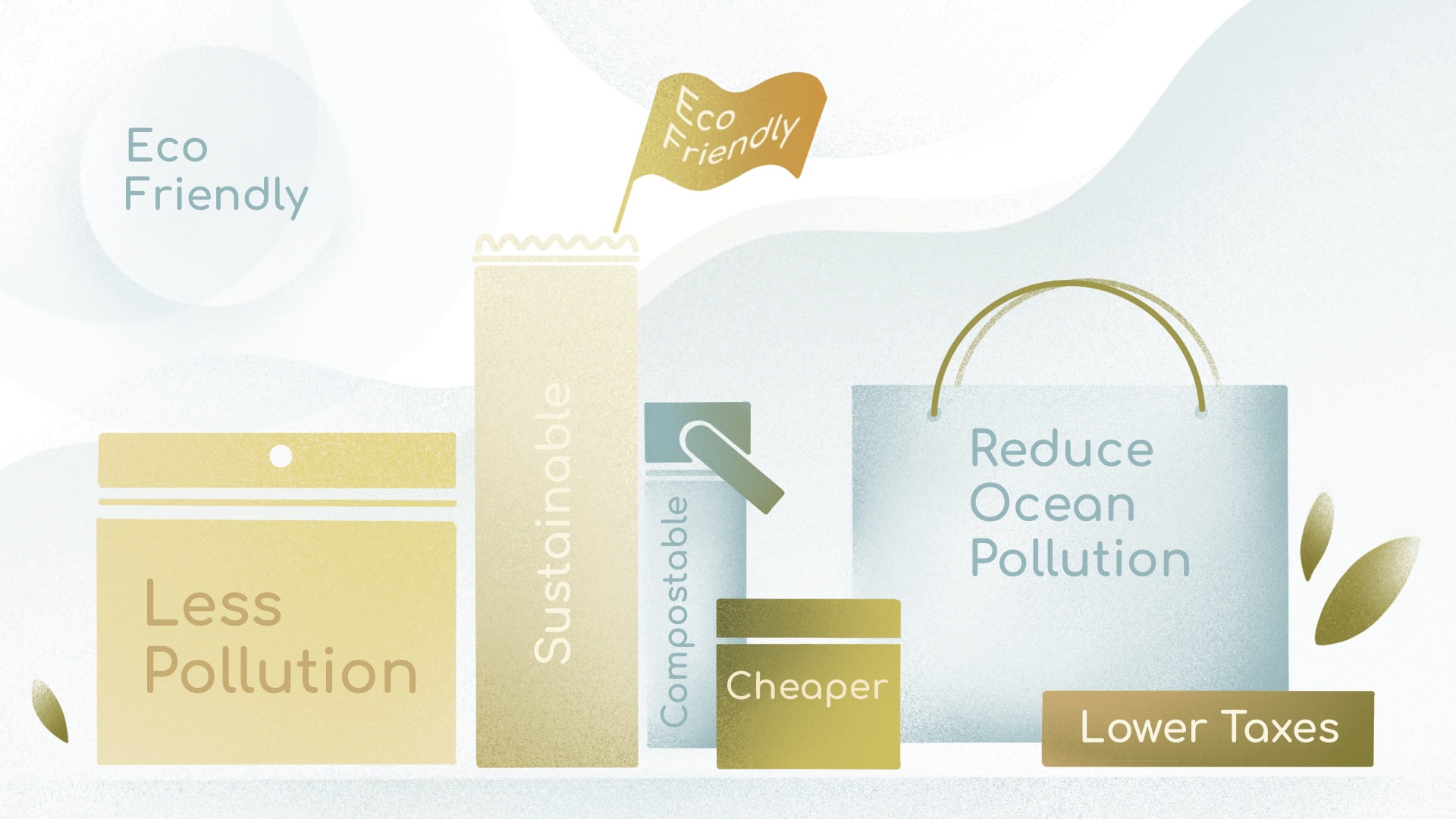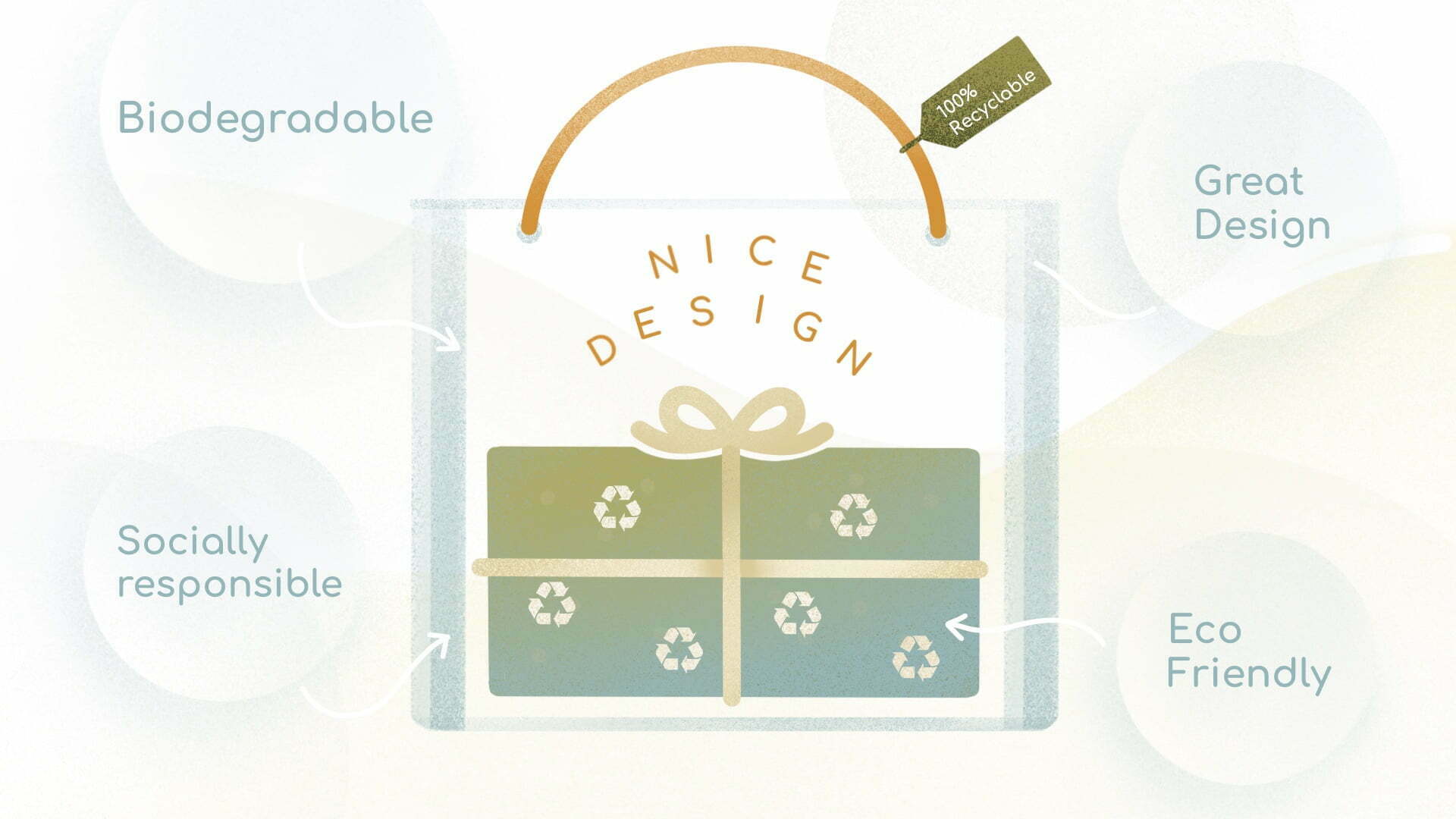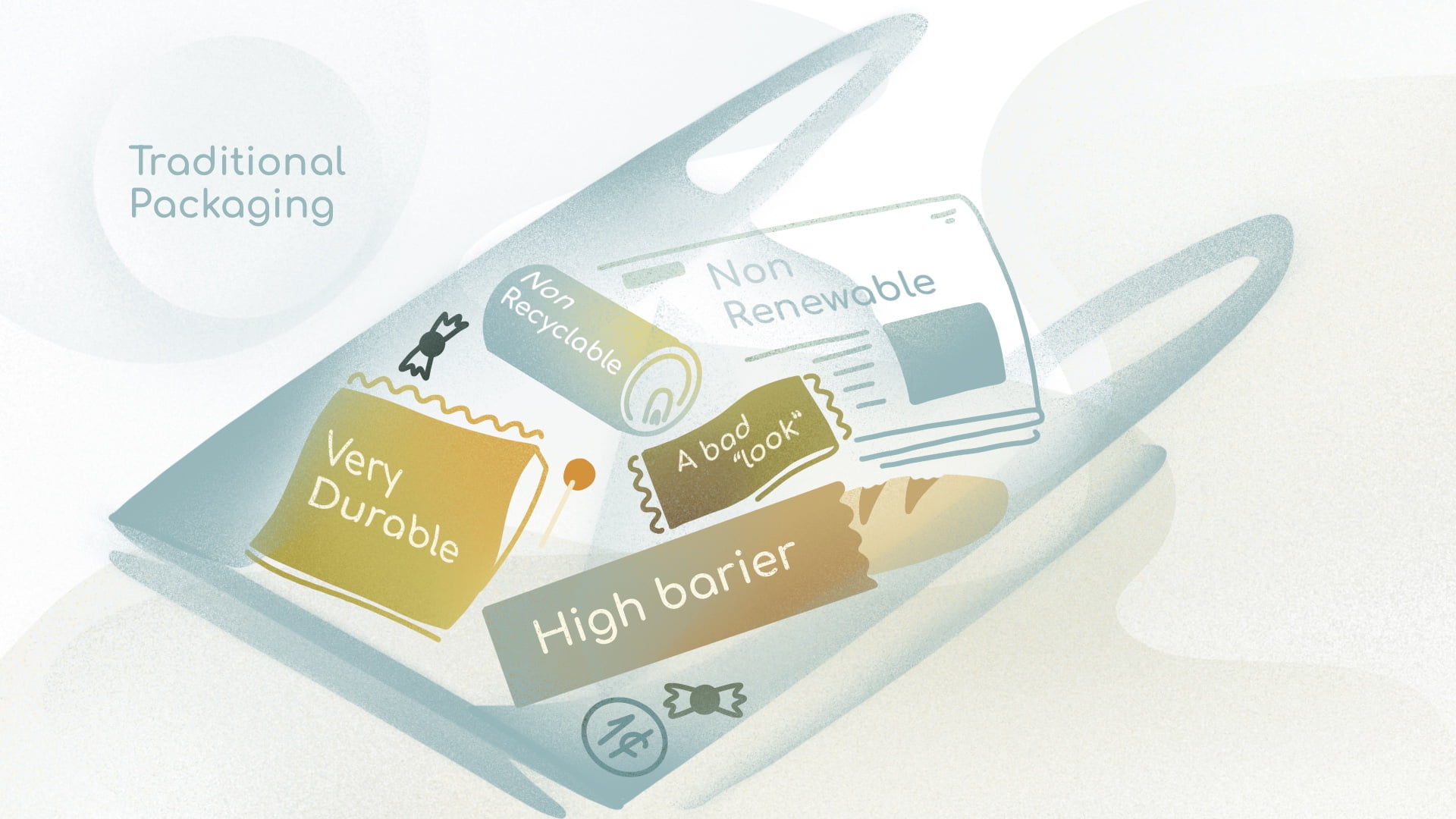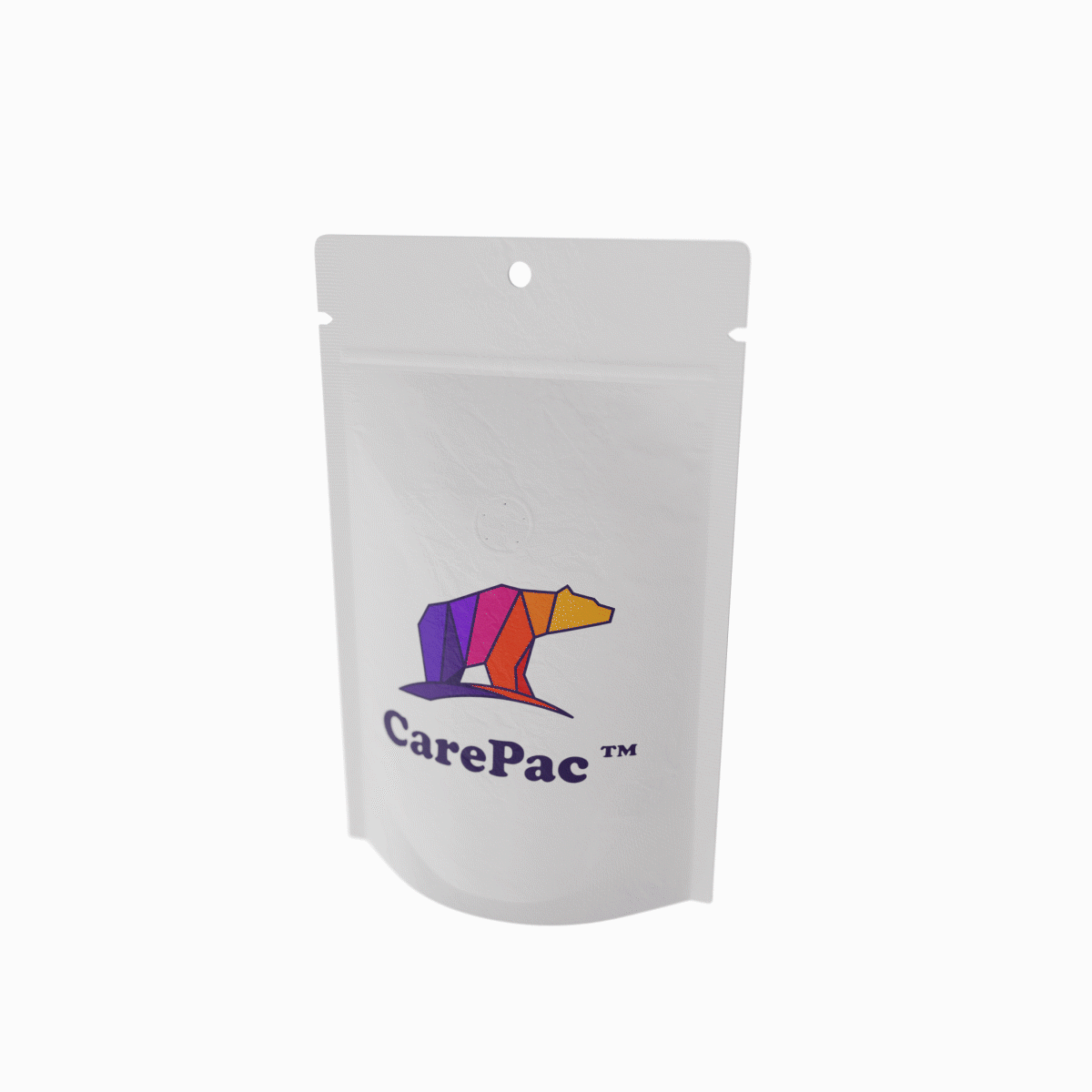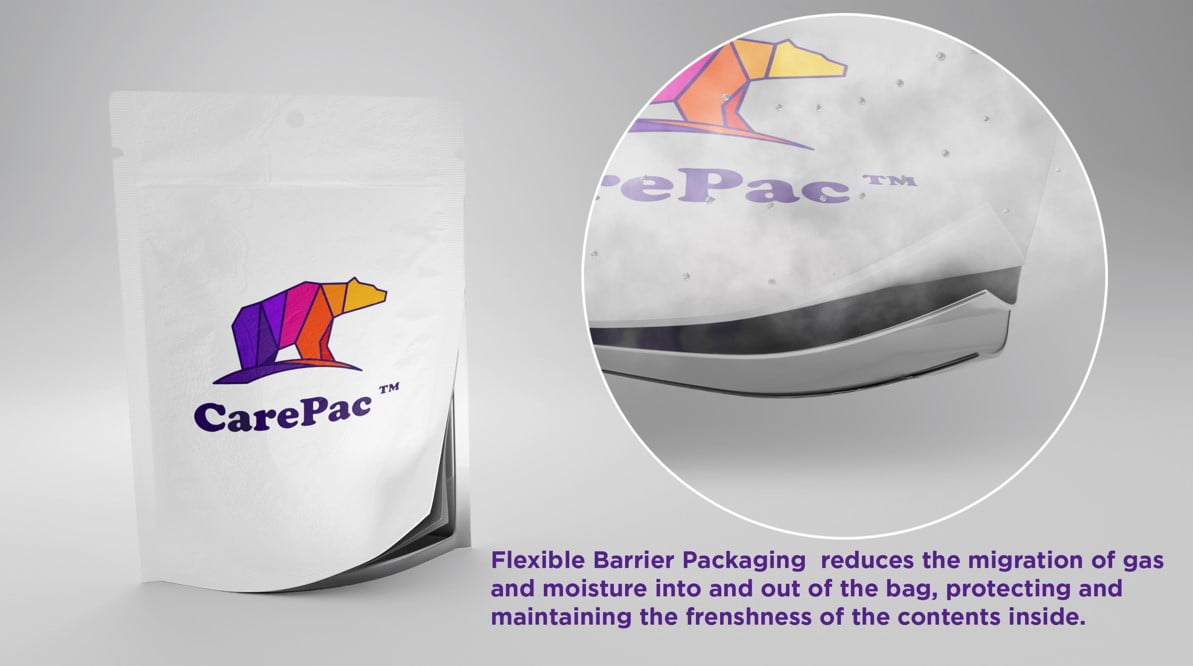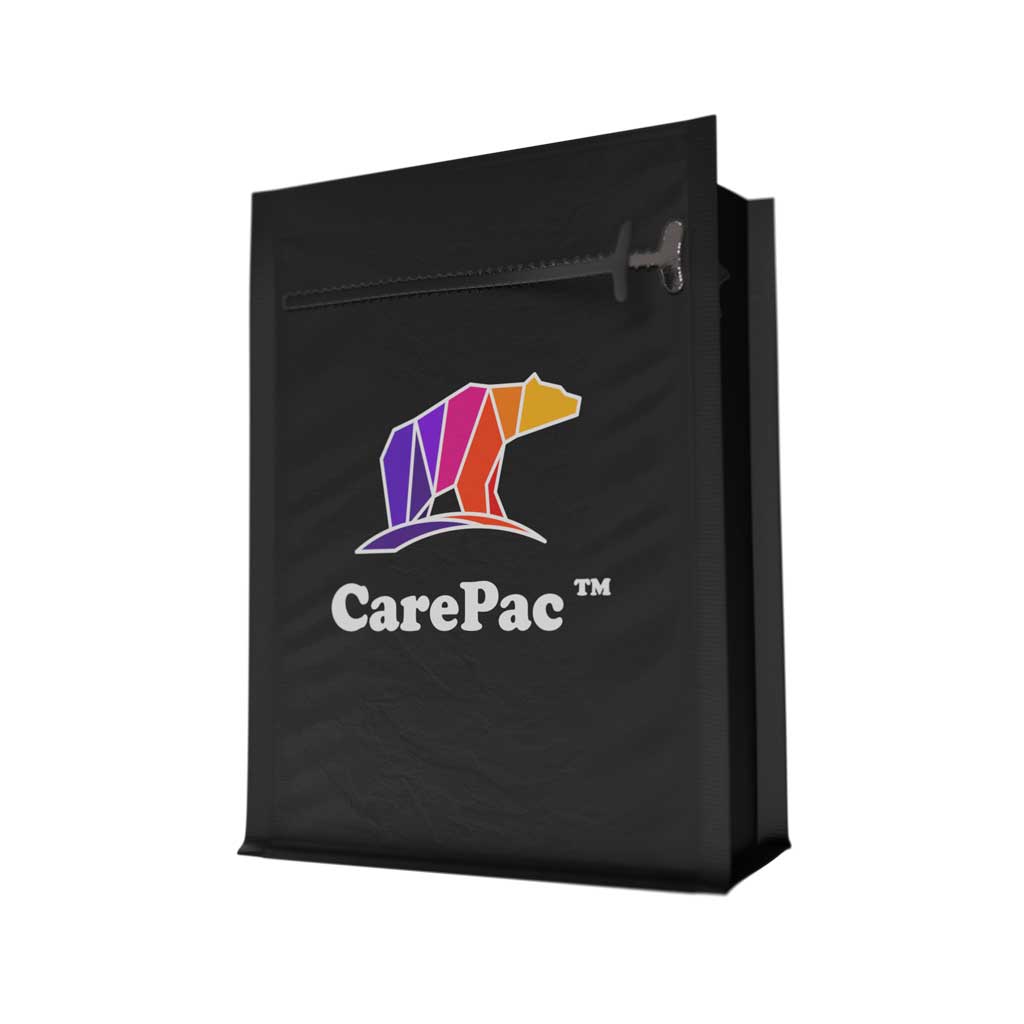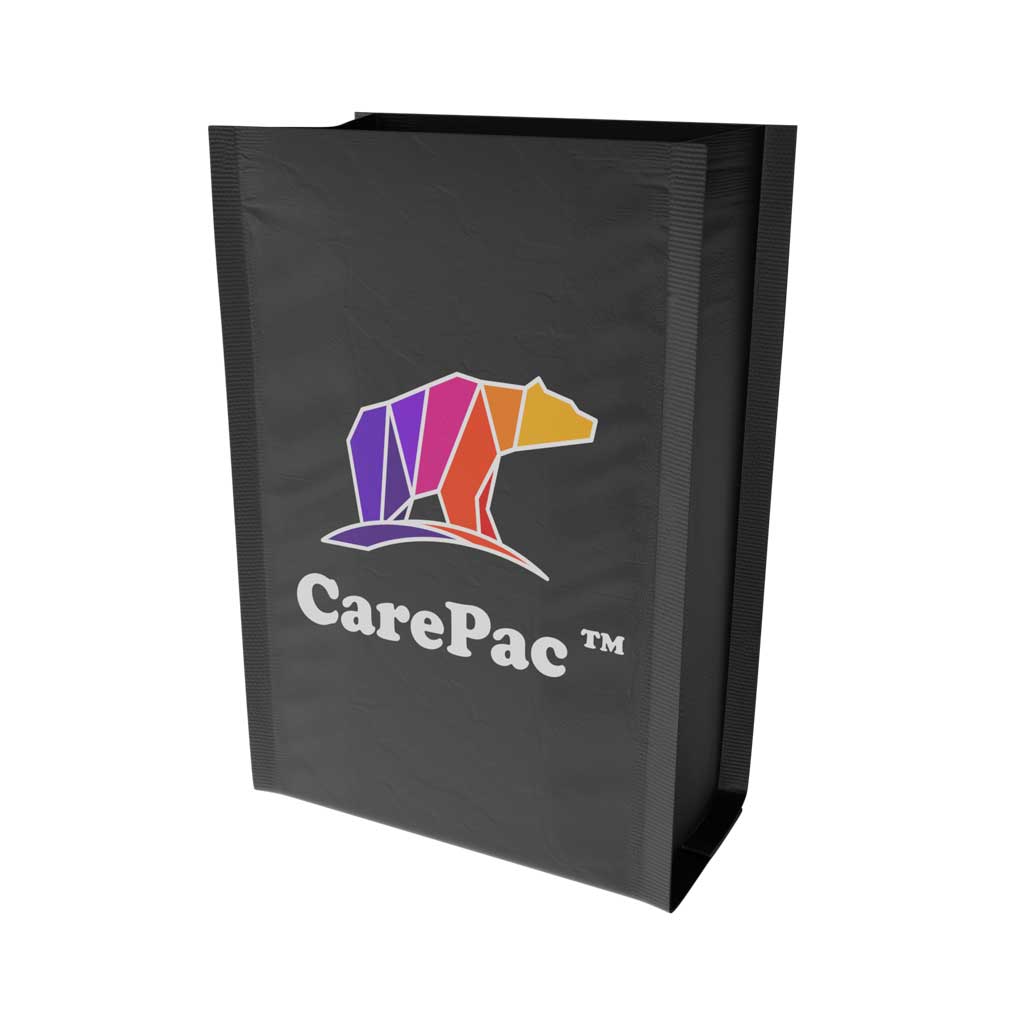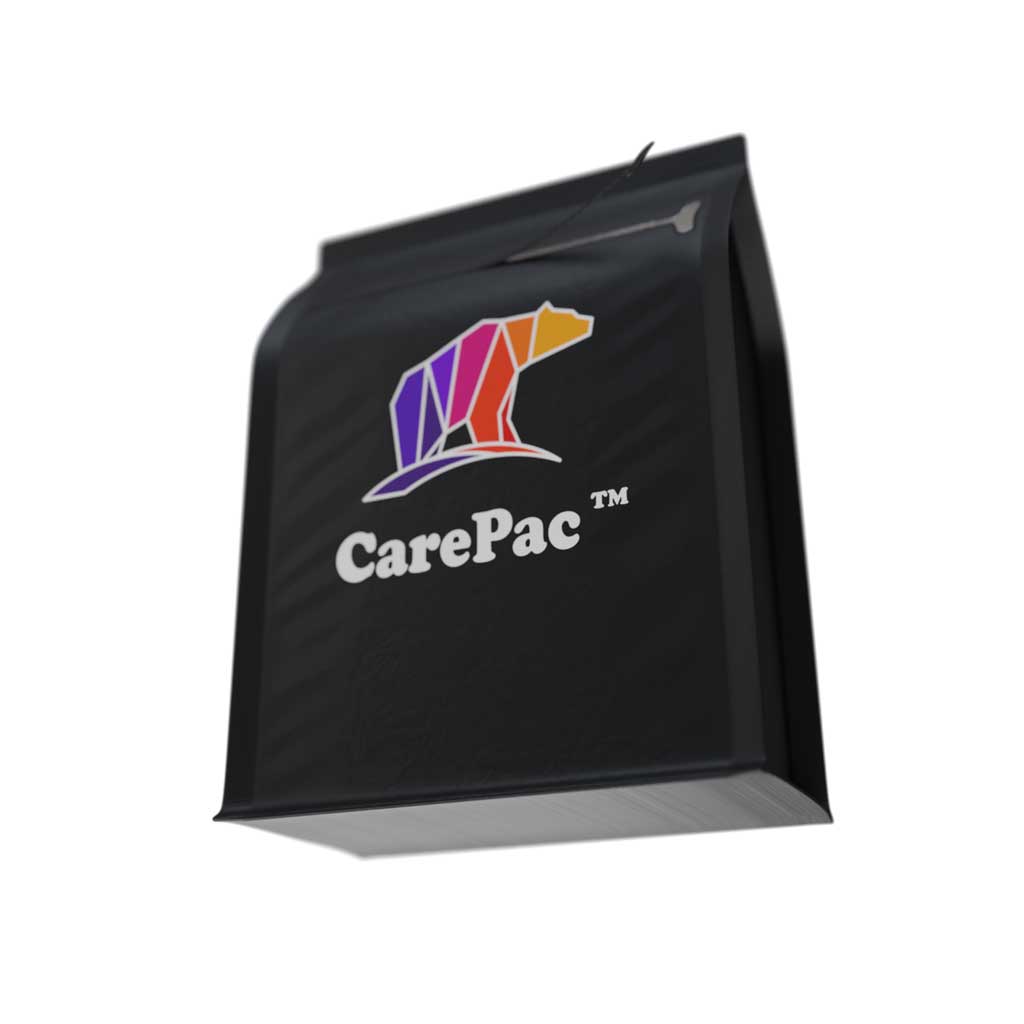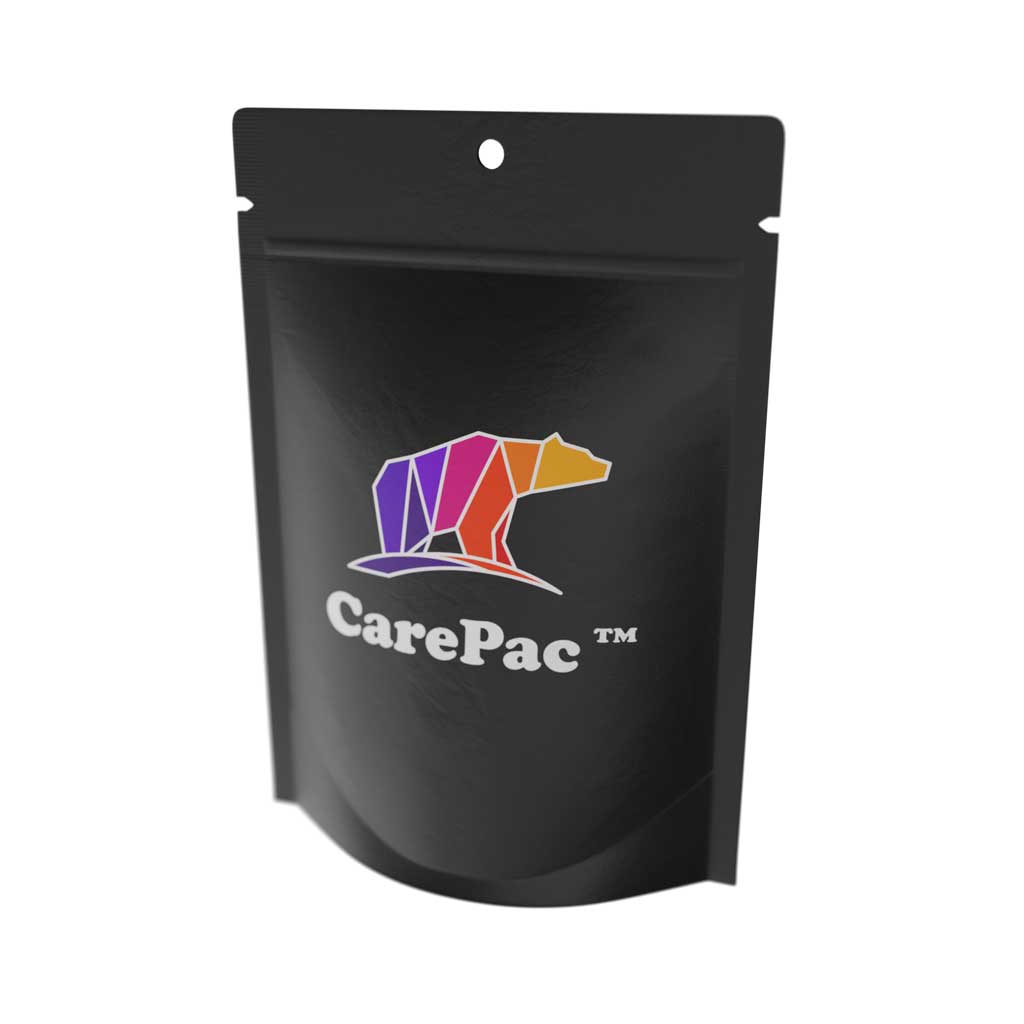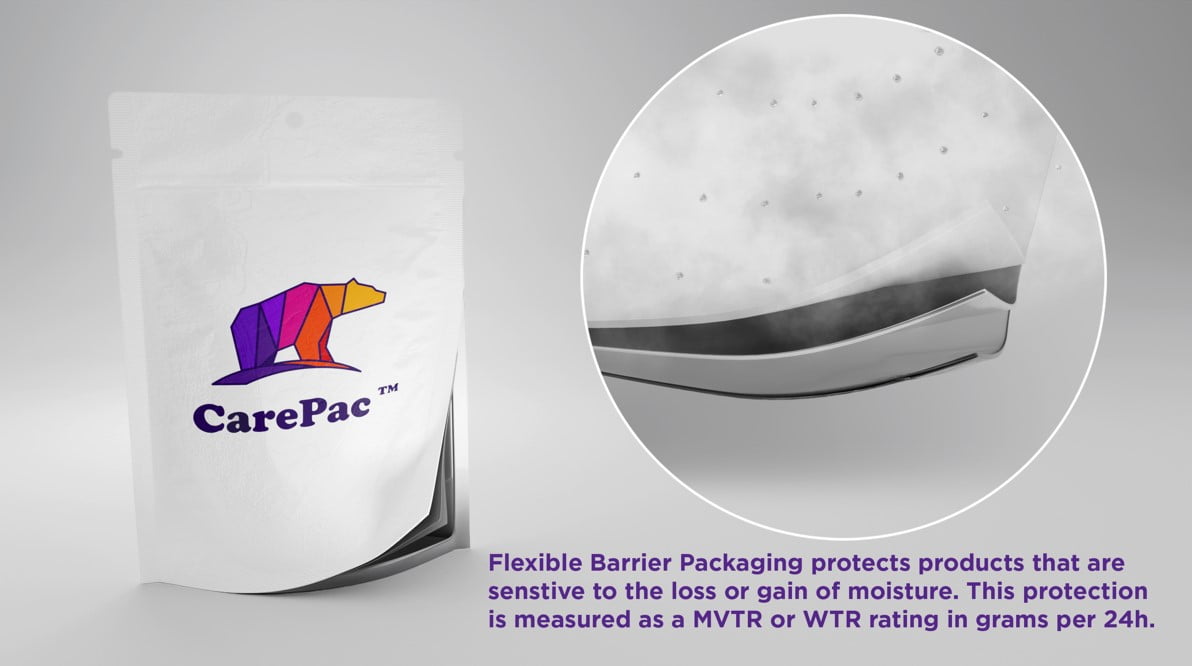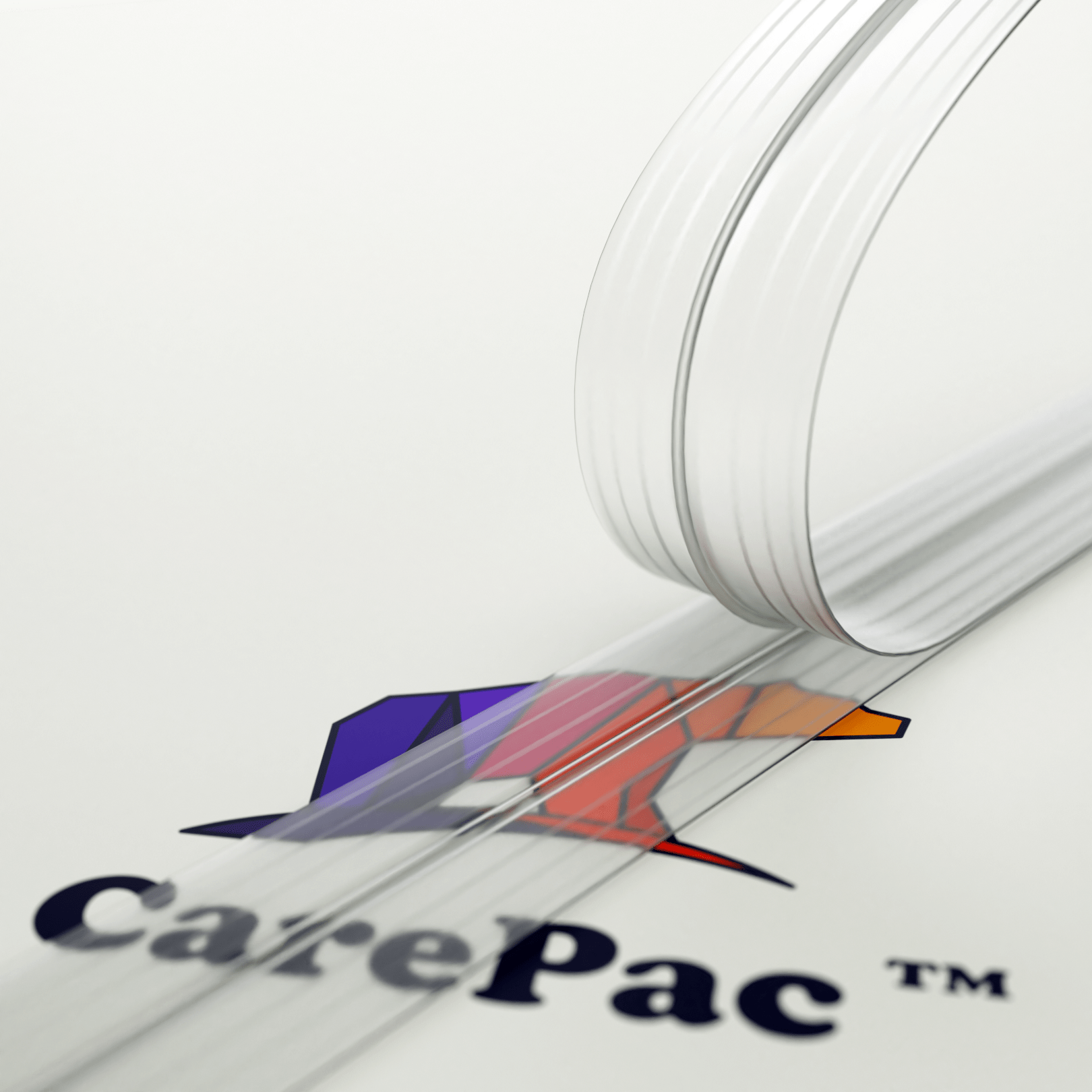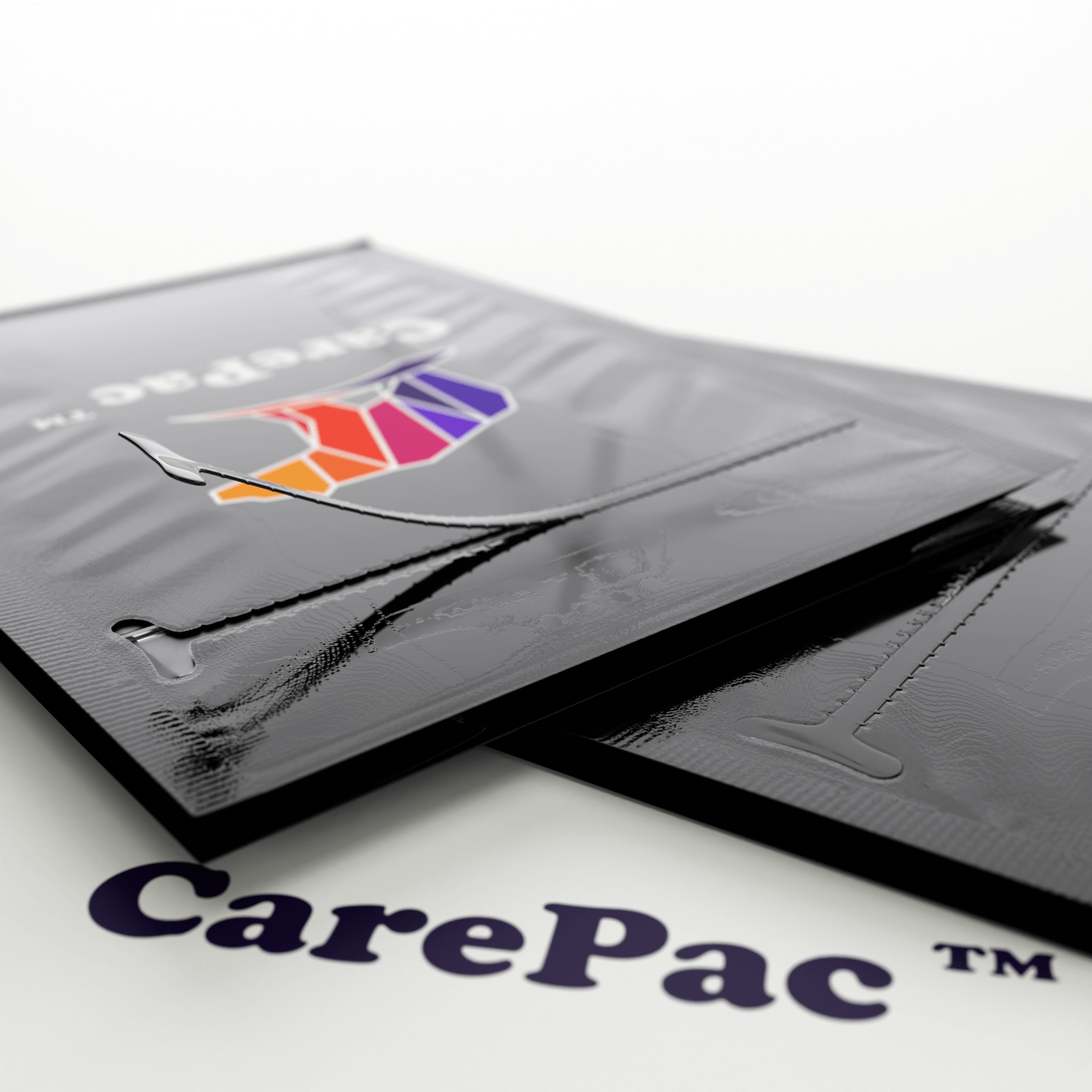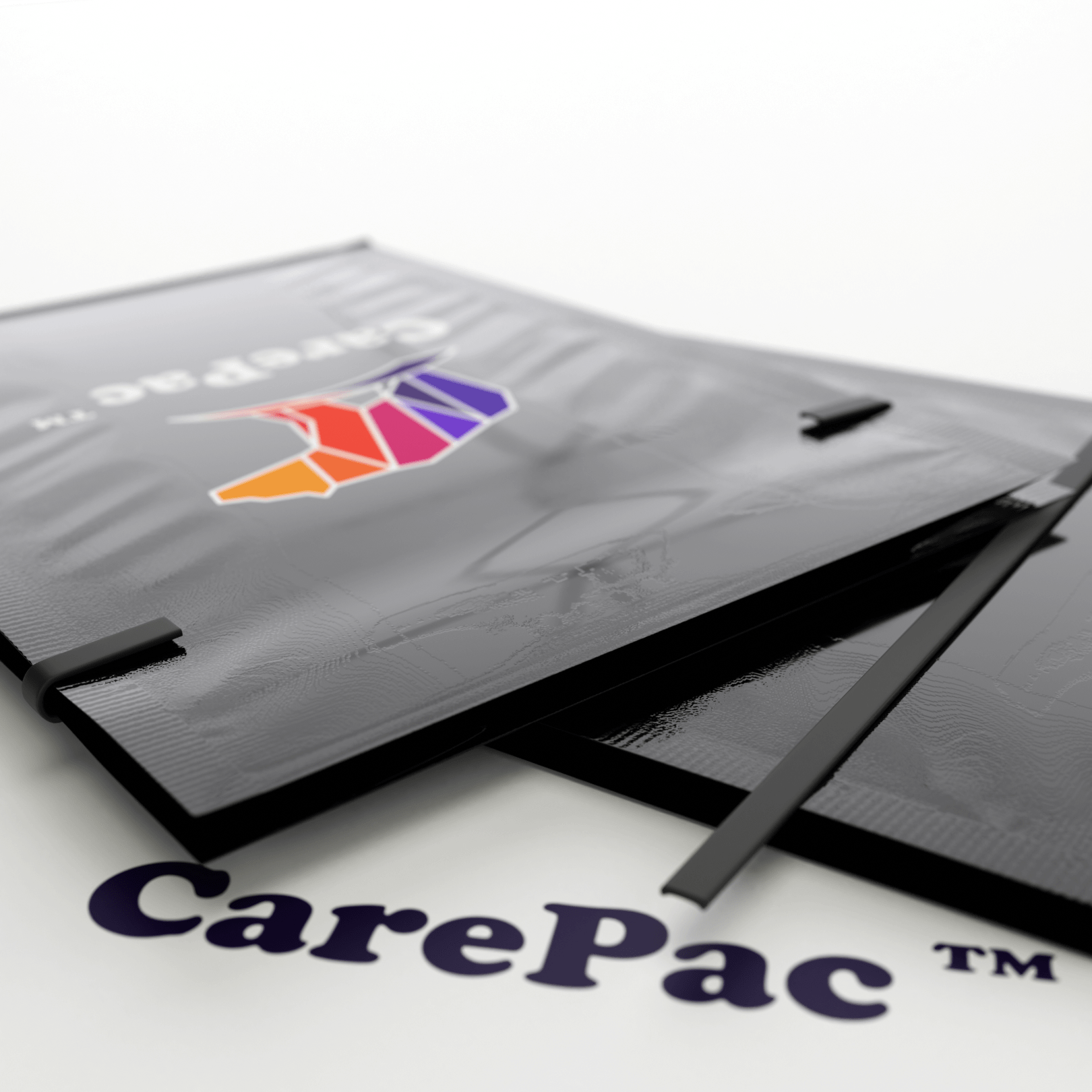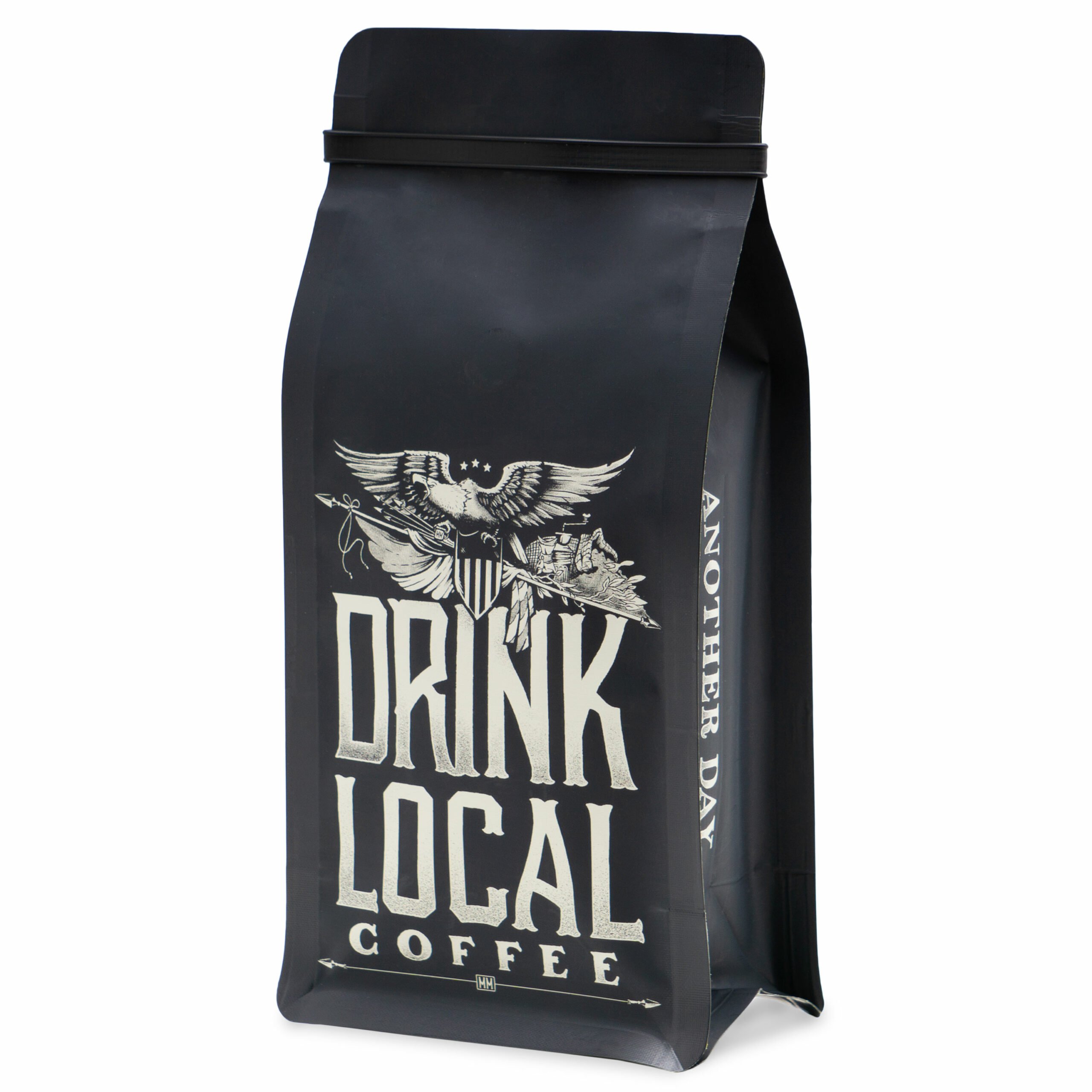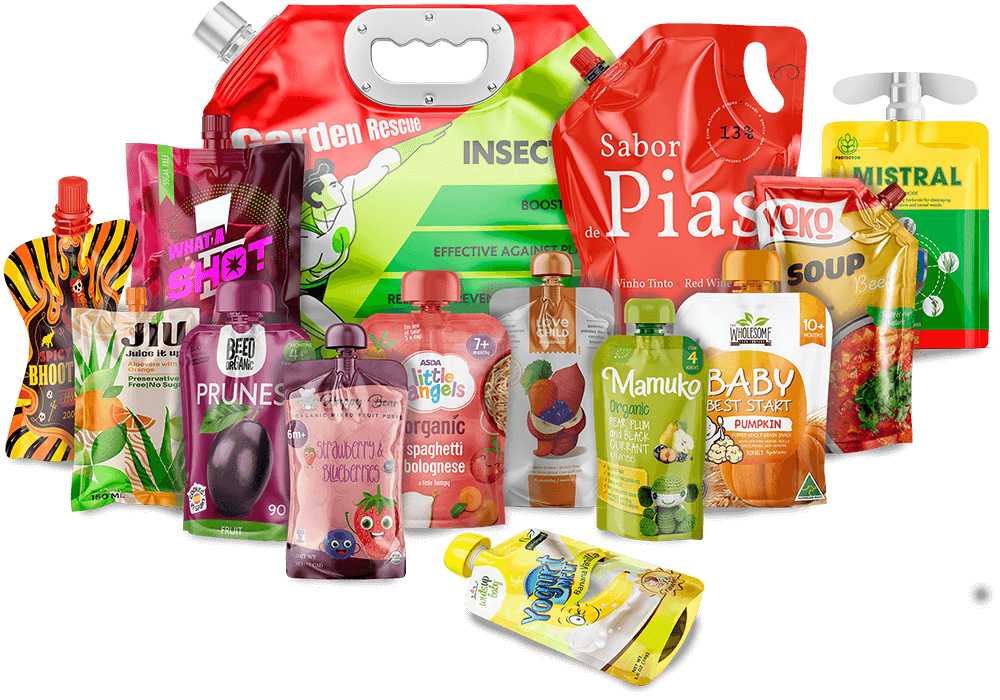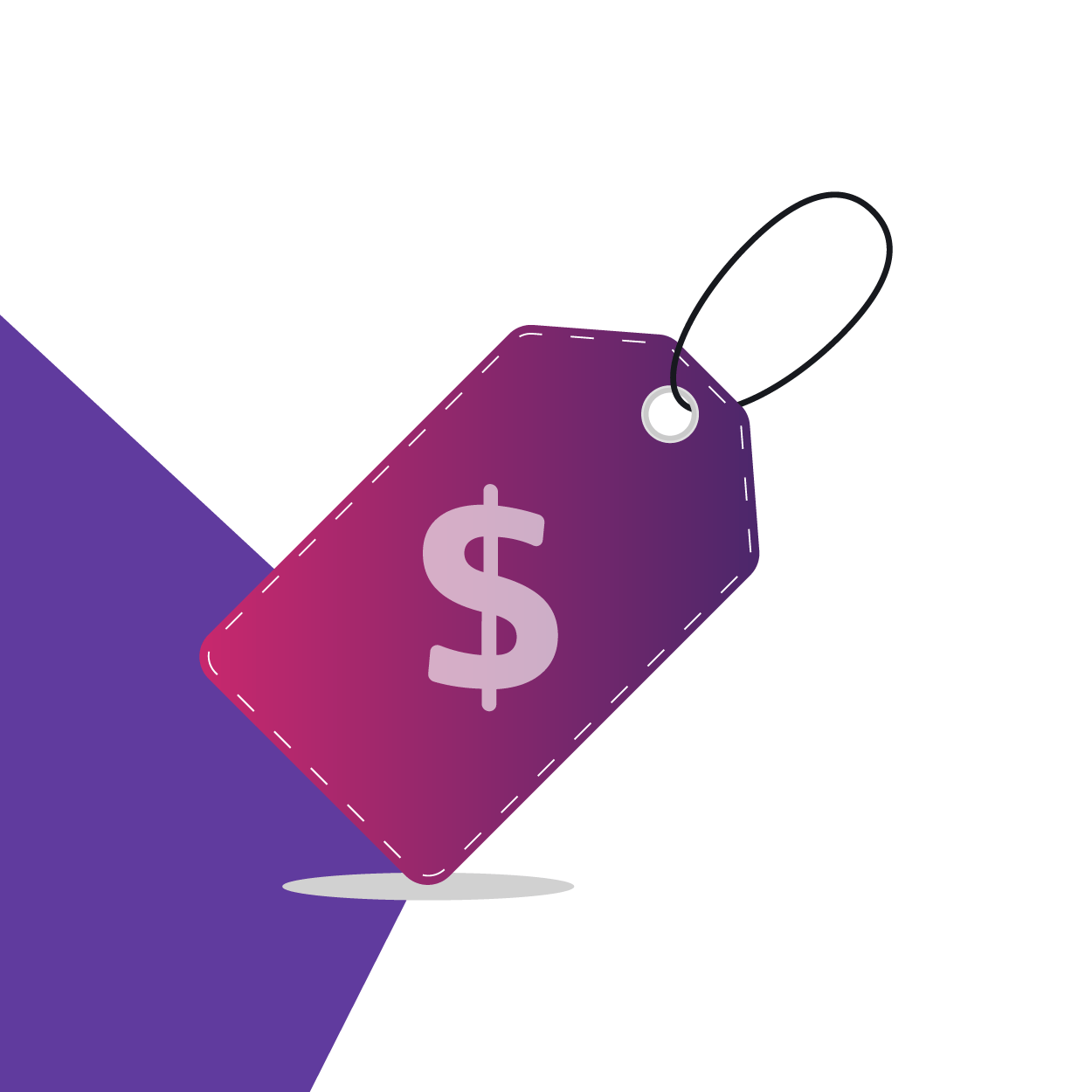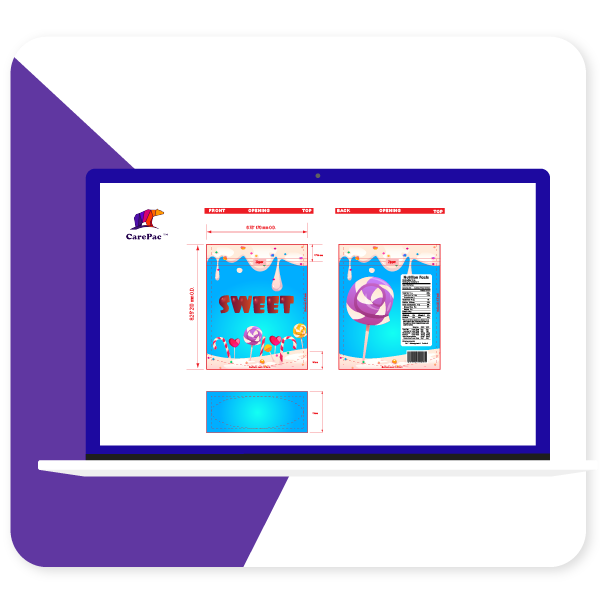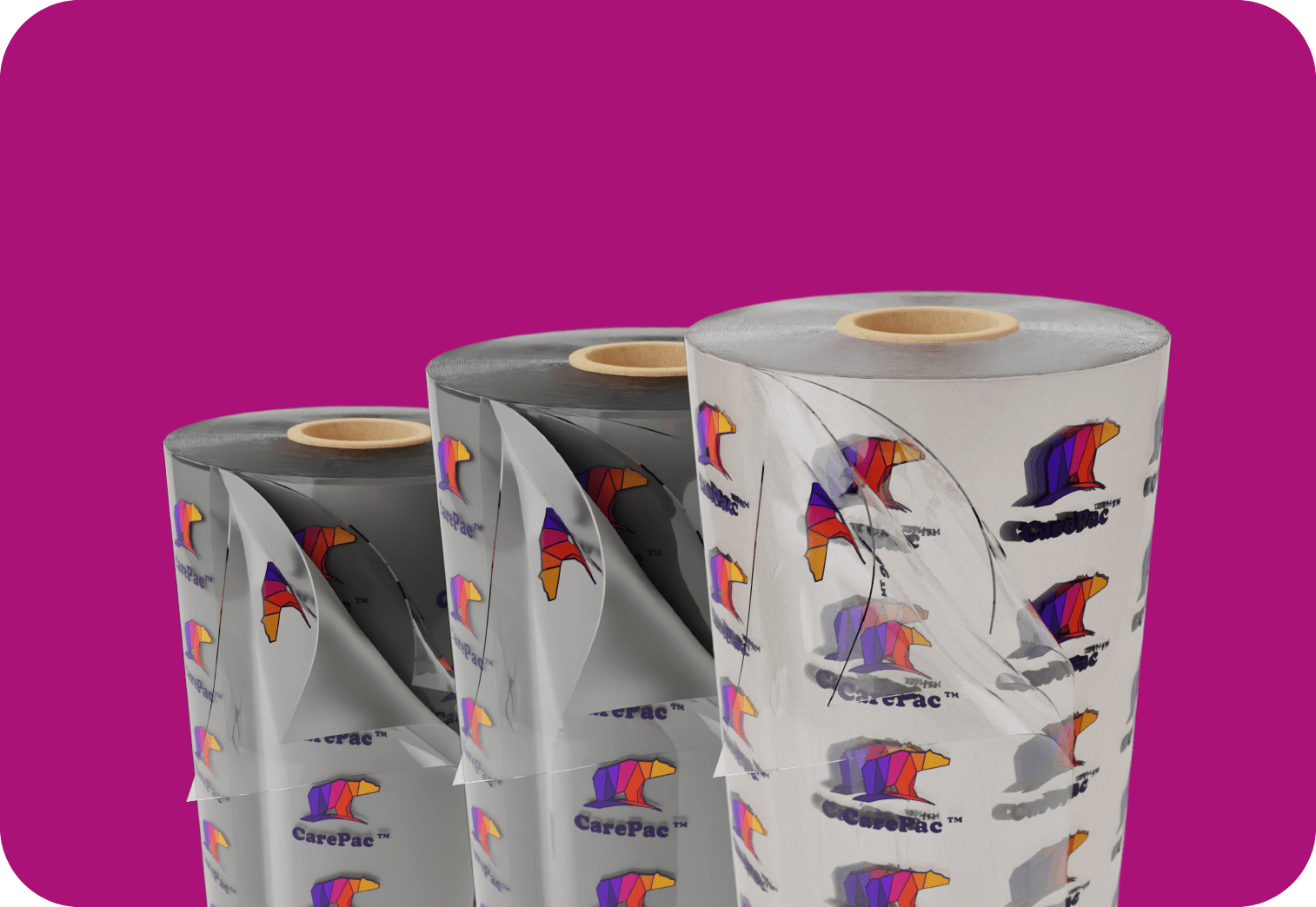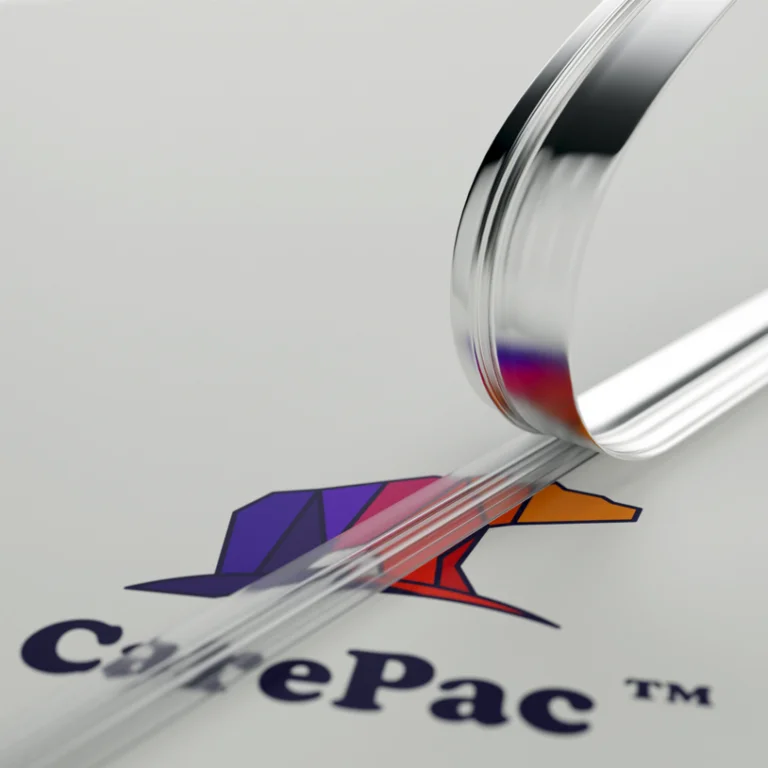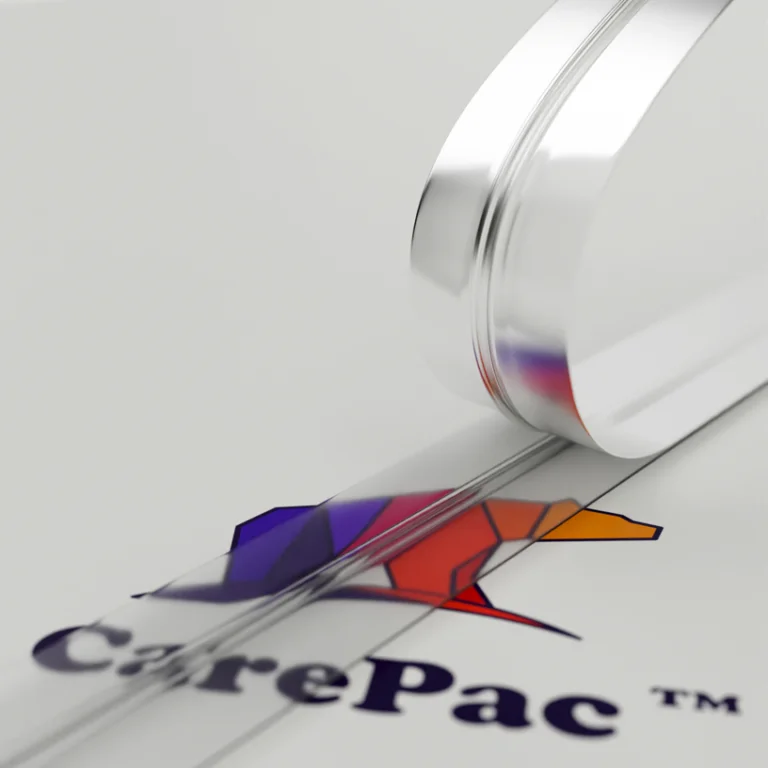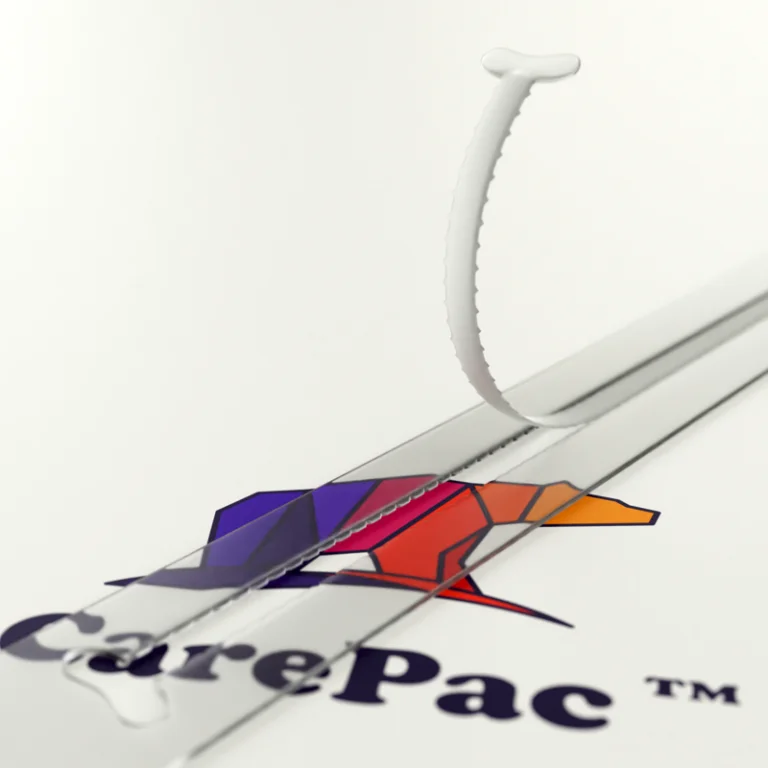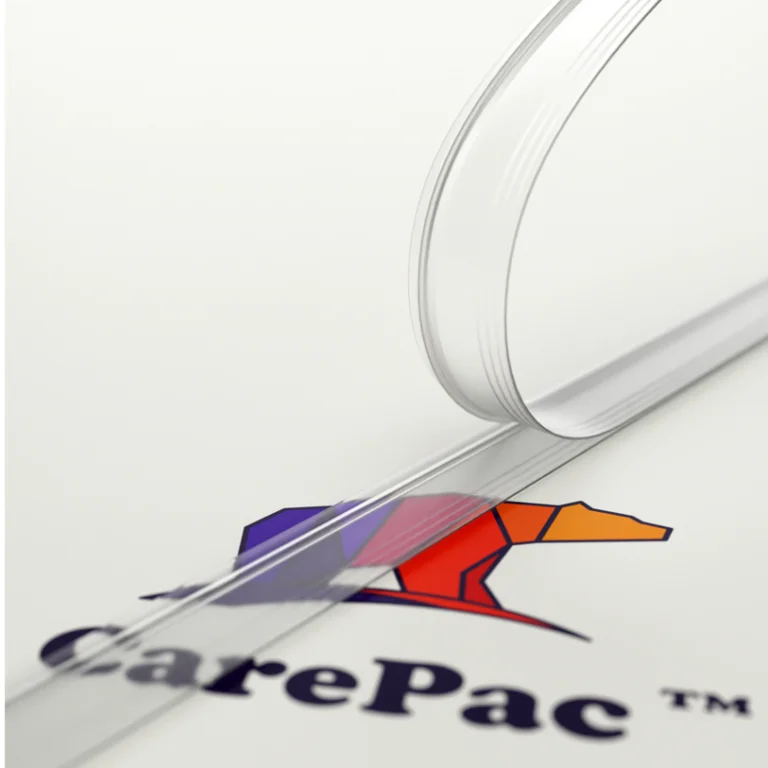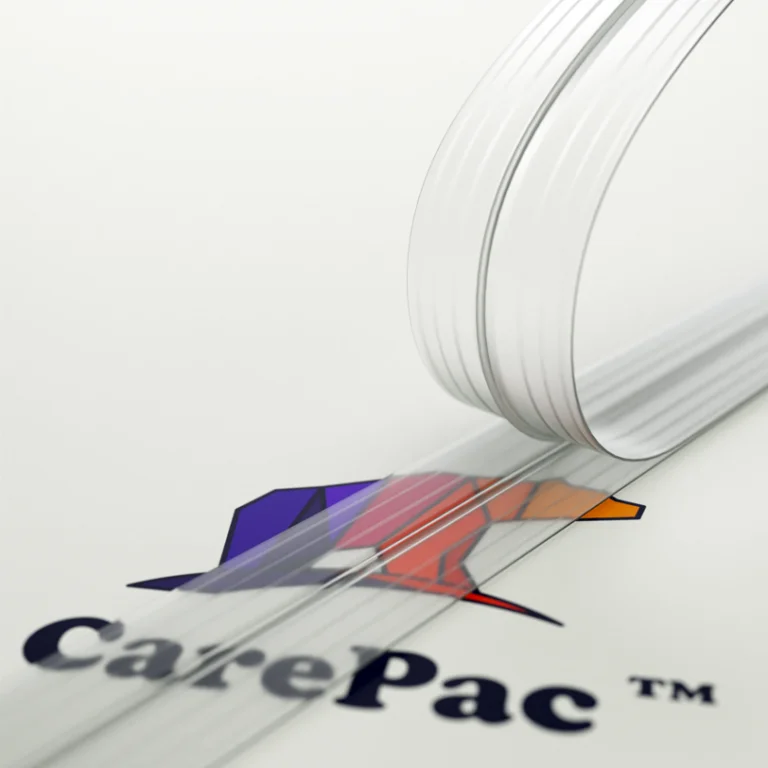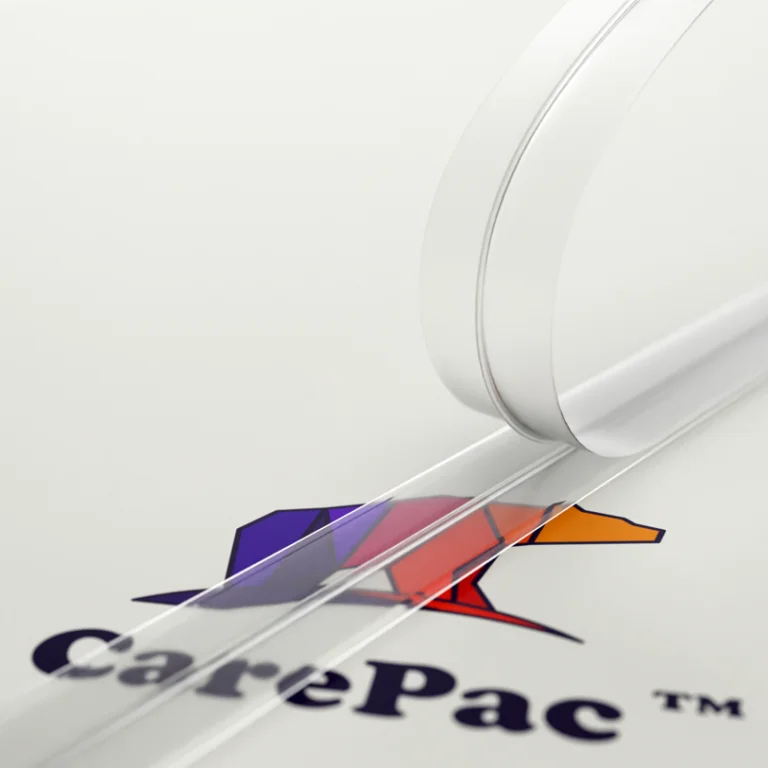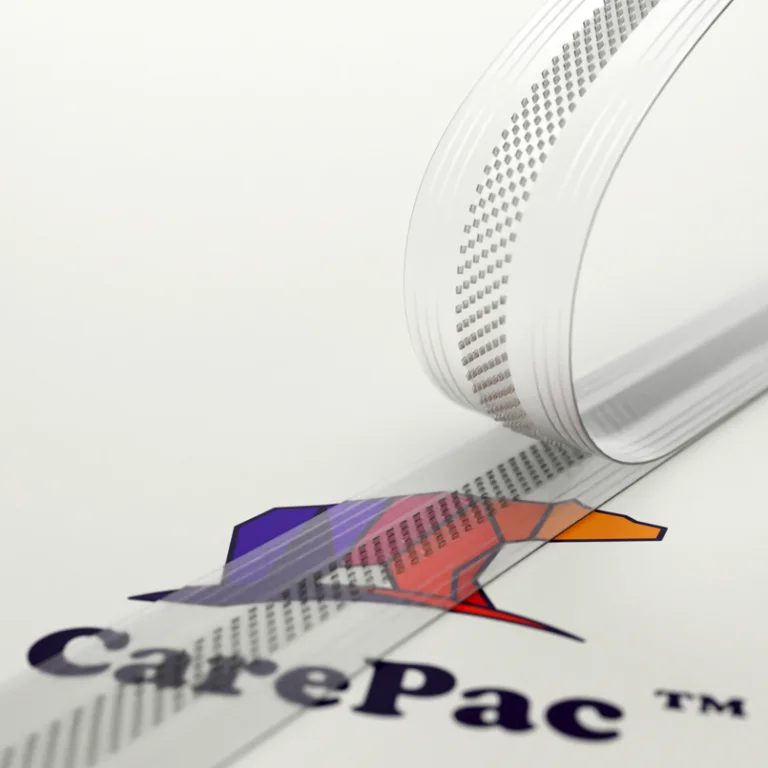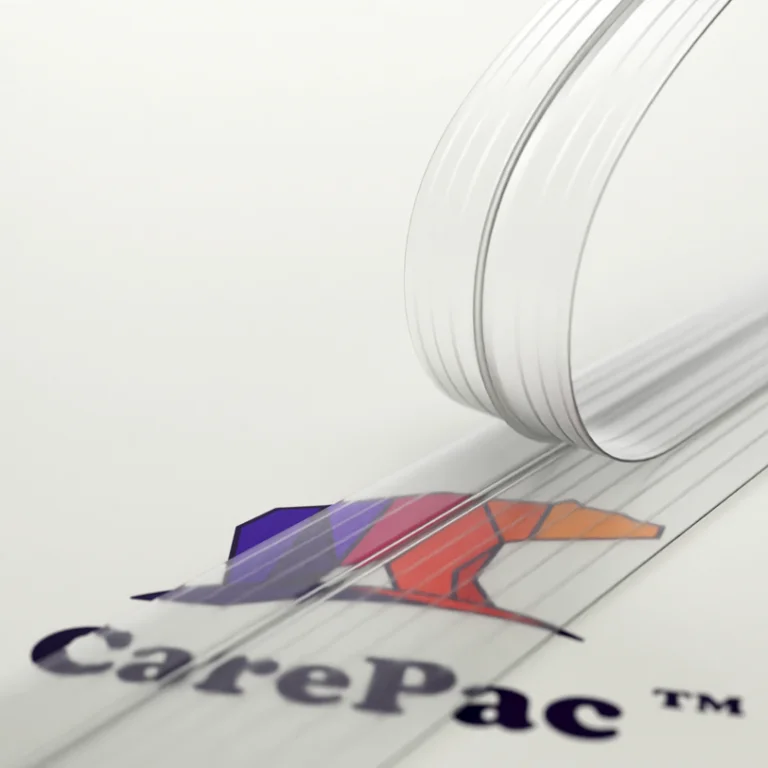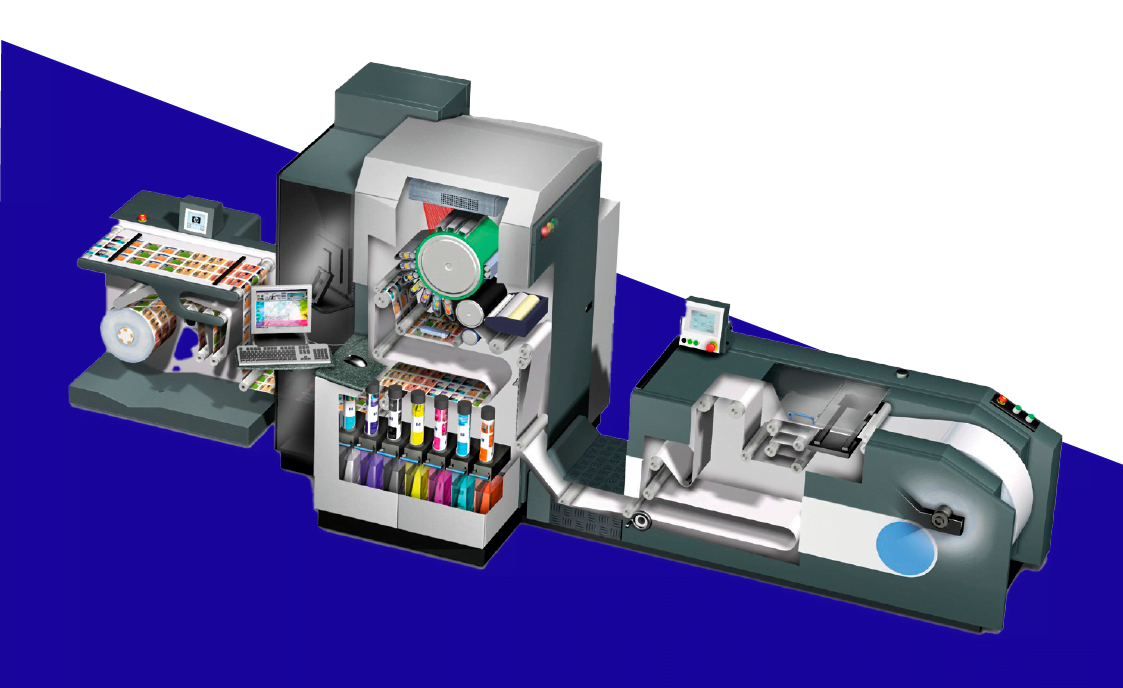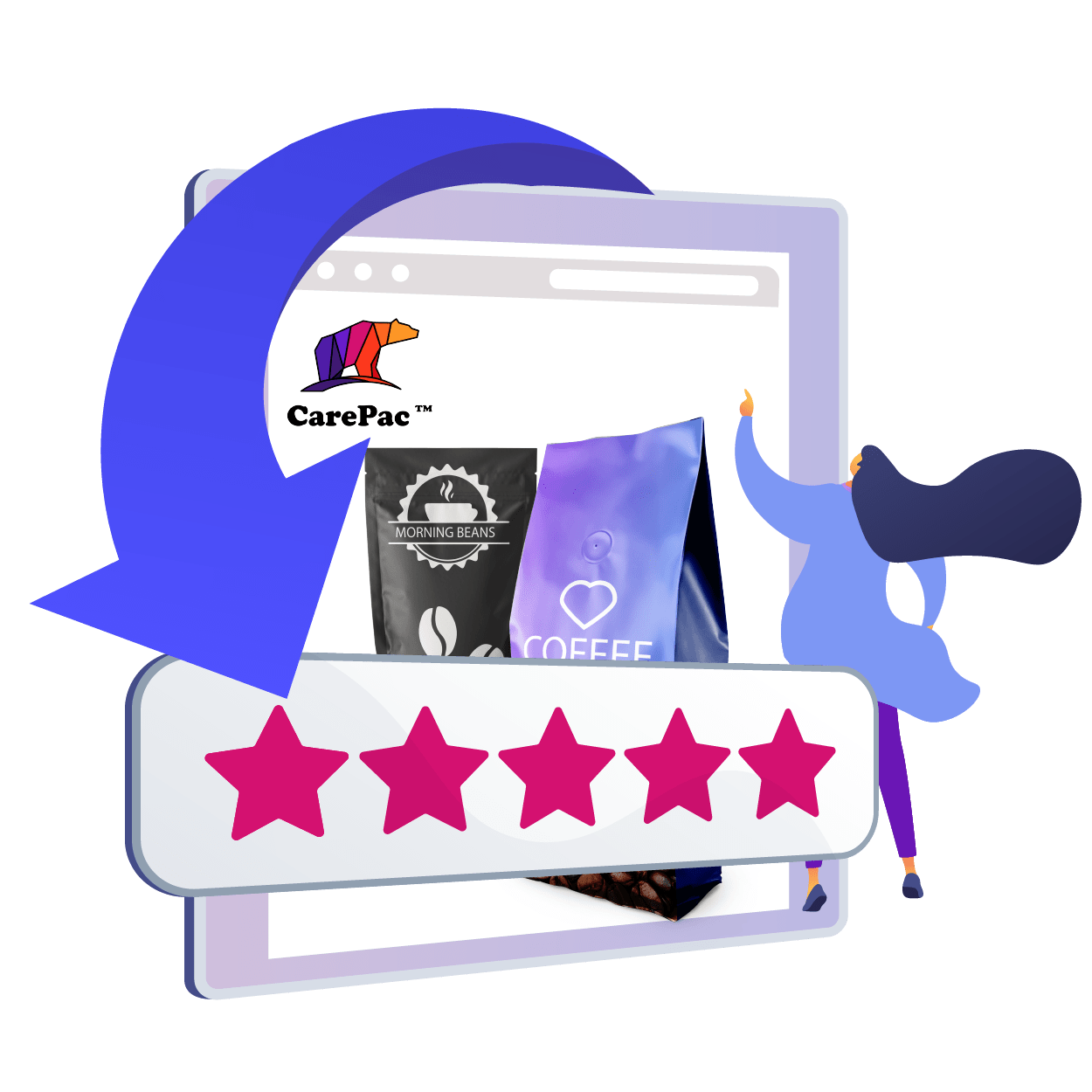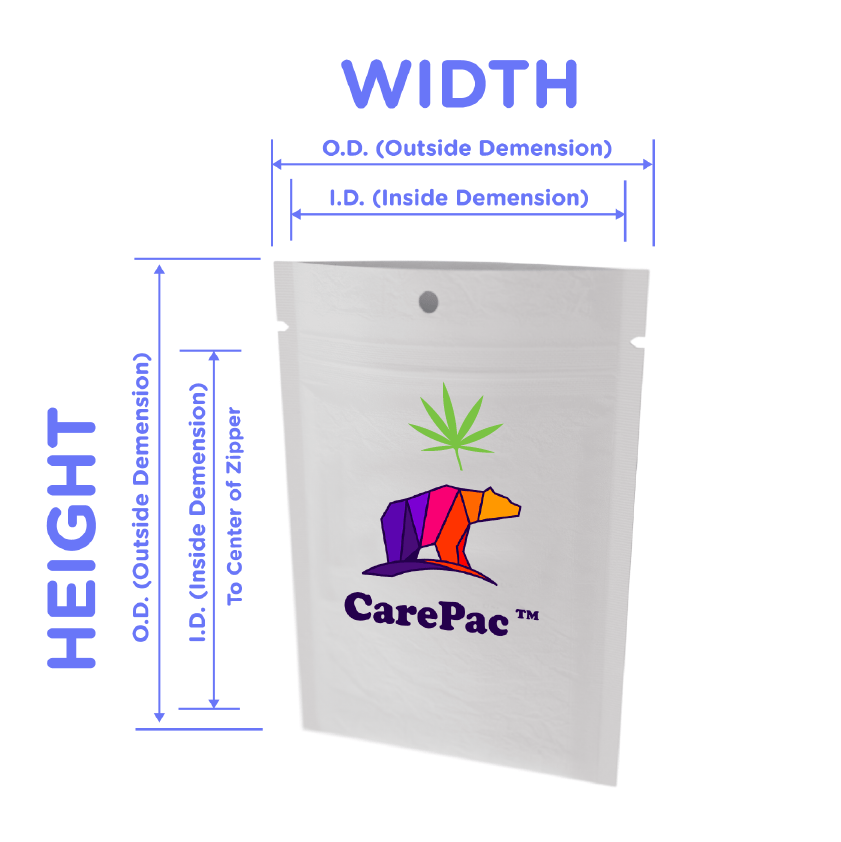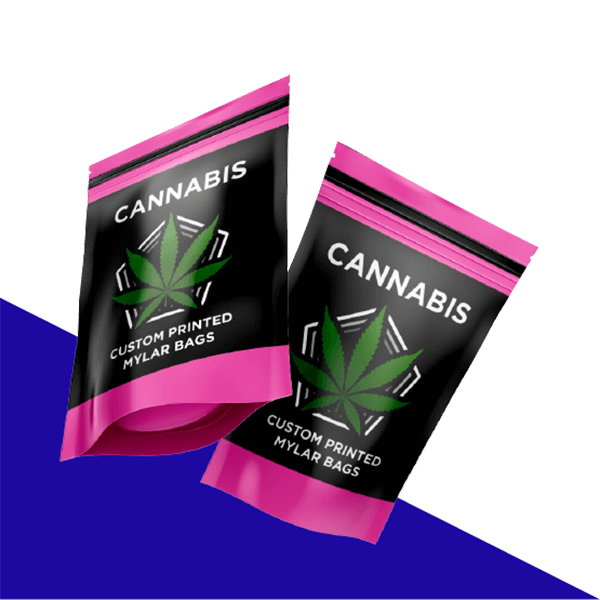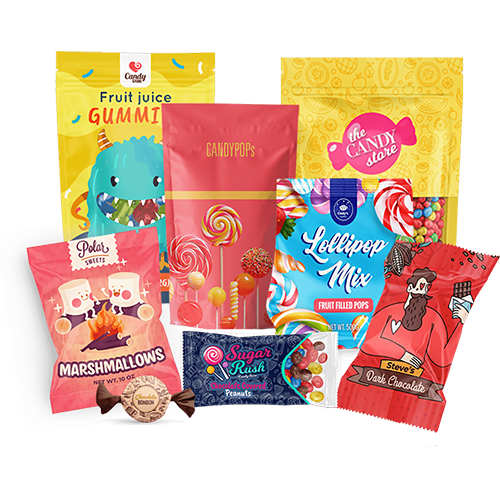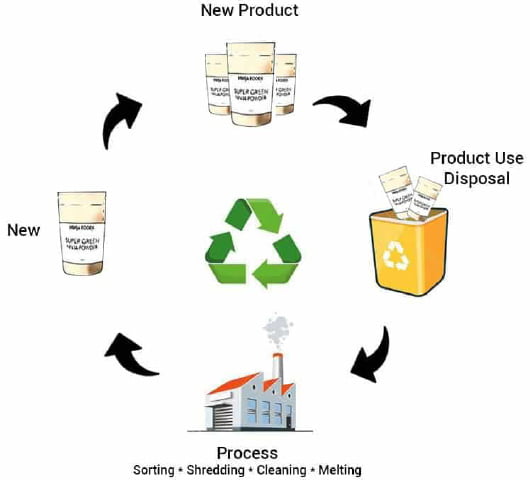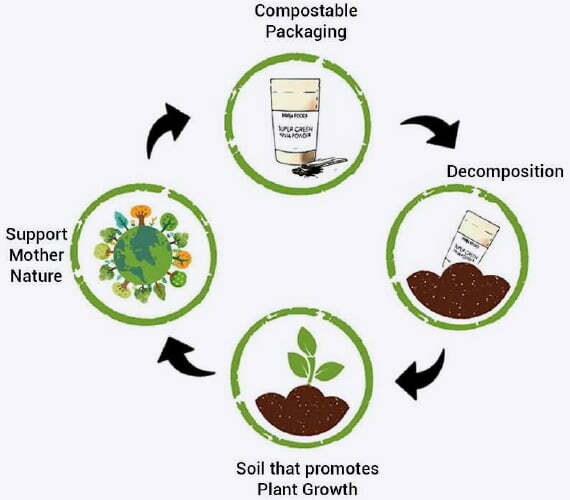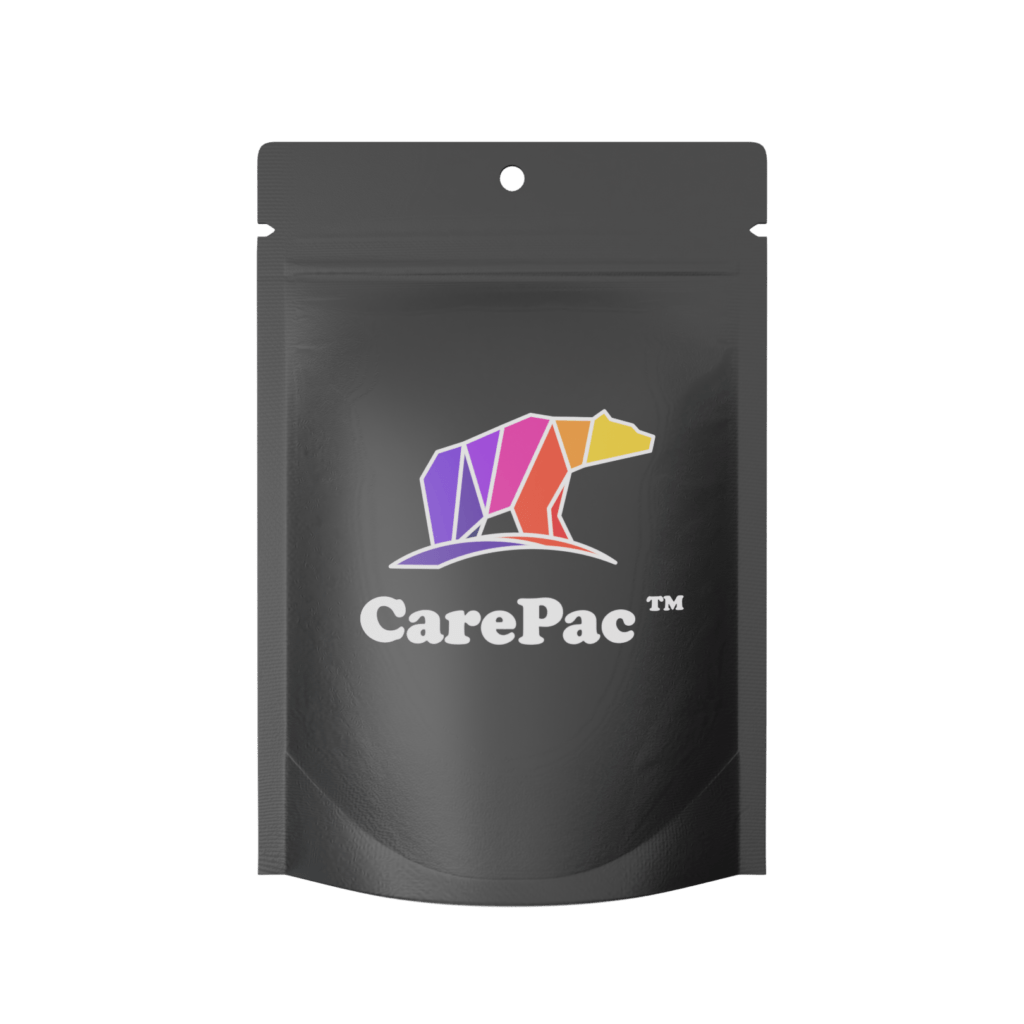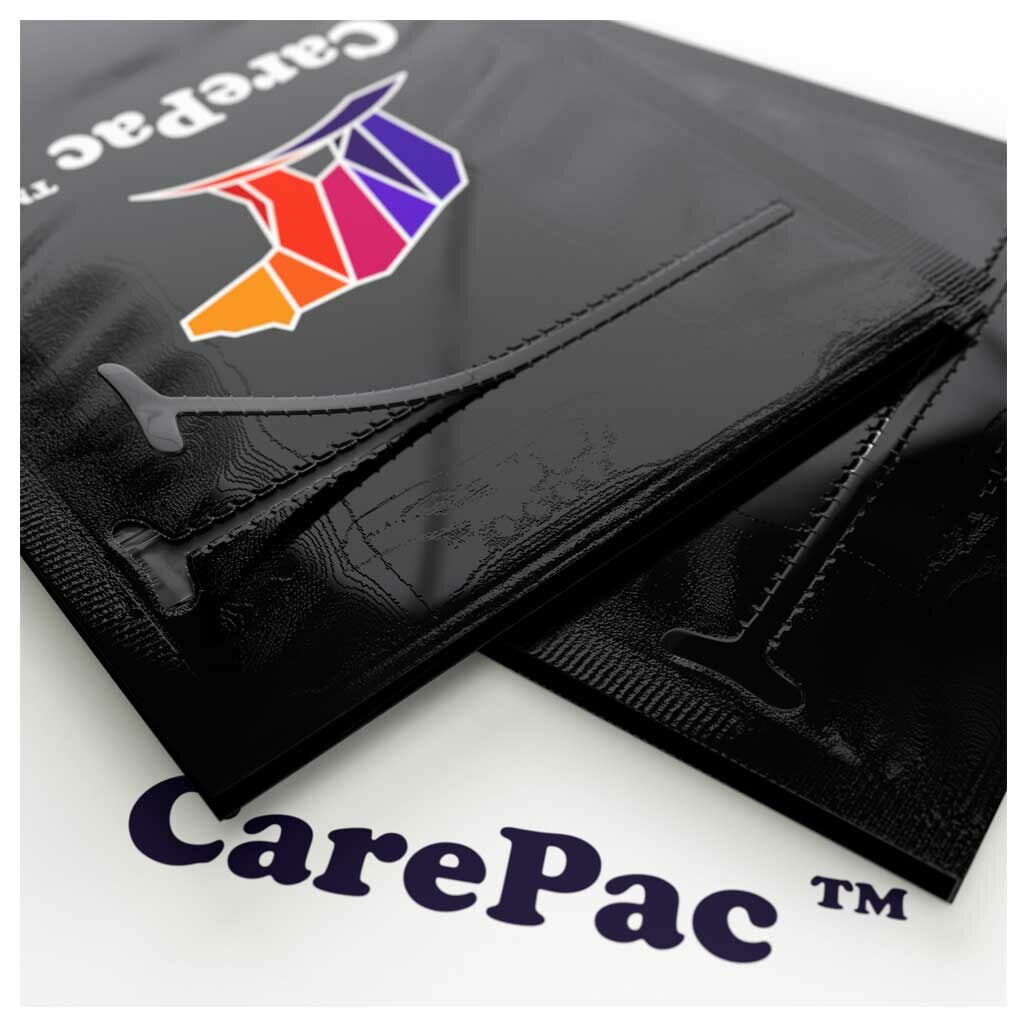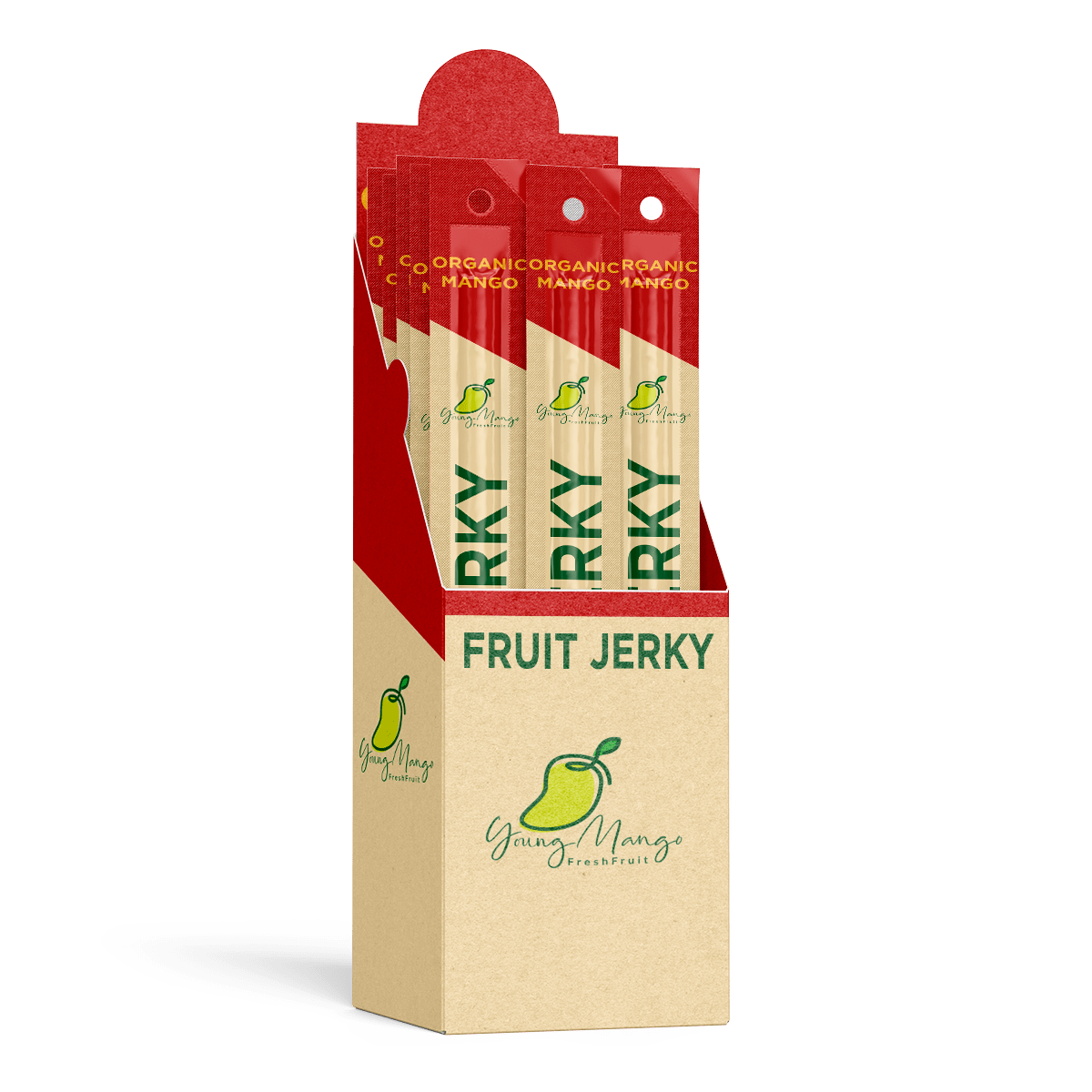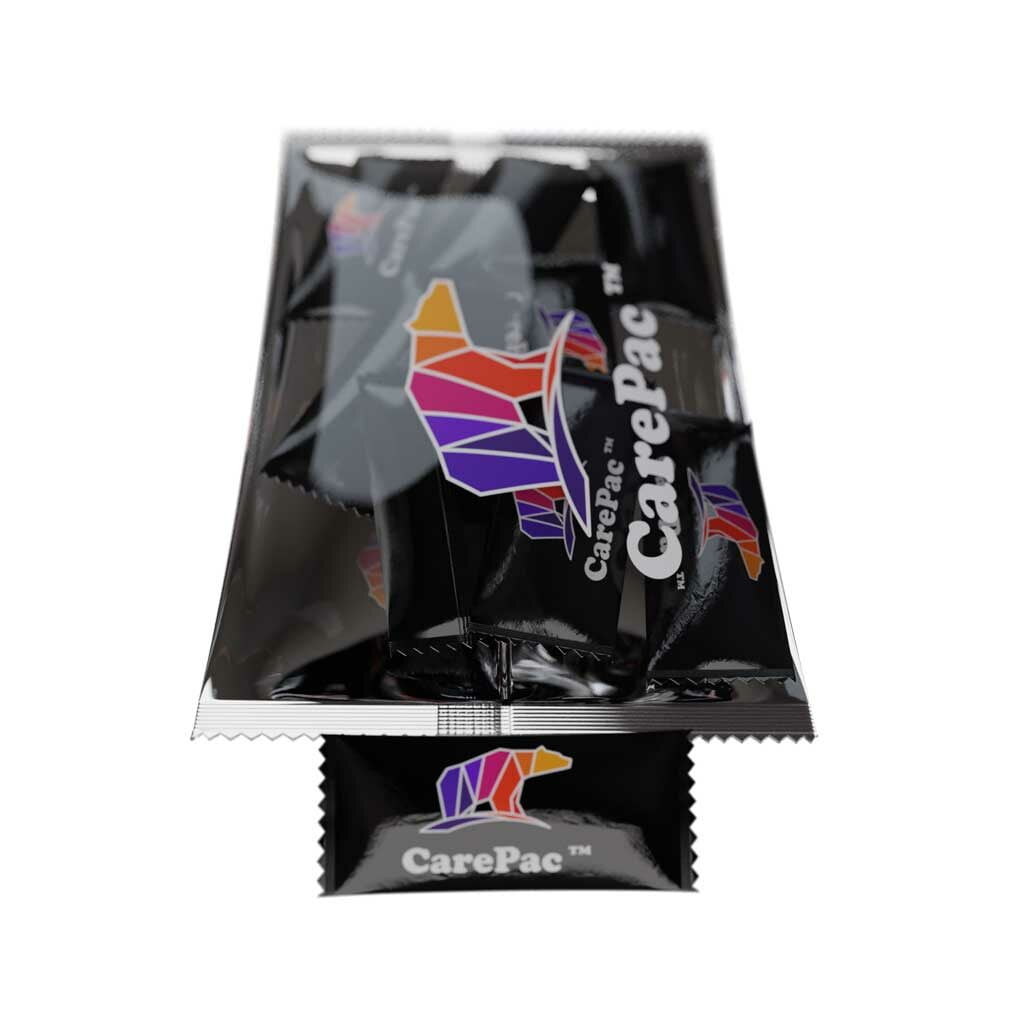No products in the cart.
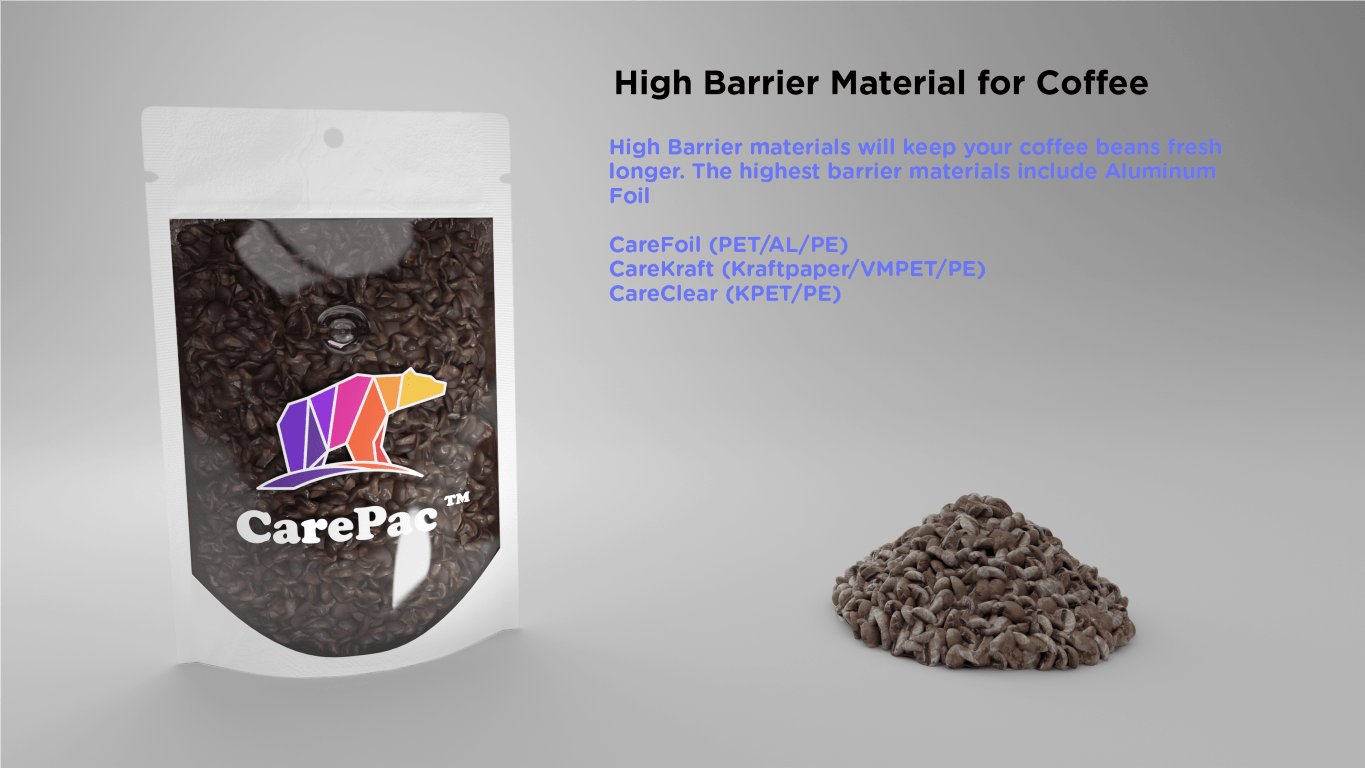

Packaging Design
Coffee Packaging Trends
Coffee Packaging Trends
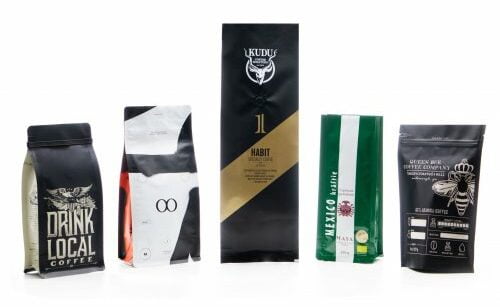
In the recent past, coffee bags has garnered significant interest from both roasters and consumers. This comes in the wake of concerns over the environmental impact of packaging and research is being conducted in order to provide solutions to this matter. Besides, there is an influx of innovative technology and design options now available to the different coffee roasting companies. These provide new ways to differentiate and stand out from competitors in the coffee niche market.
Here are some Insights on Coffee Packaging Trends:
Compostable and Sustainable
Coffee packaging accounts for close to 3% of the total carbon footprint from the industry. This is particularly concerning for the environmentally savvy consumer and roaster. Therefore, through research and technology, the coffee industry is adopting eco-friendlier packaging seeking sustainability. Besides, these types of packaging are now the focus of more government regulations, all of which are focused on a cleaner environment.
Note that most consumers are more receptive to branding that leans towards environmentally friendly products.
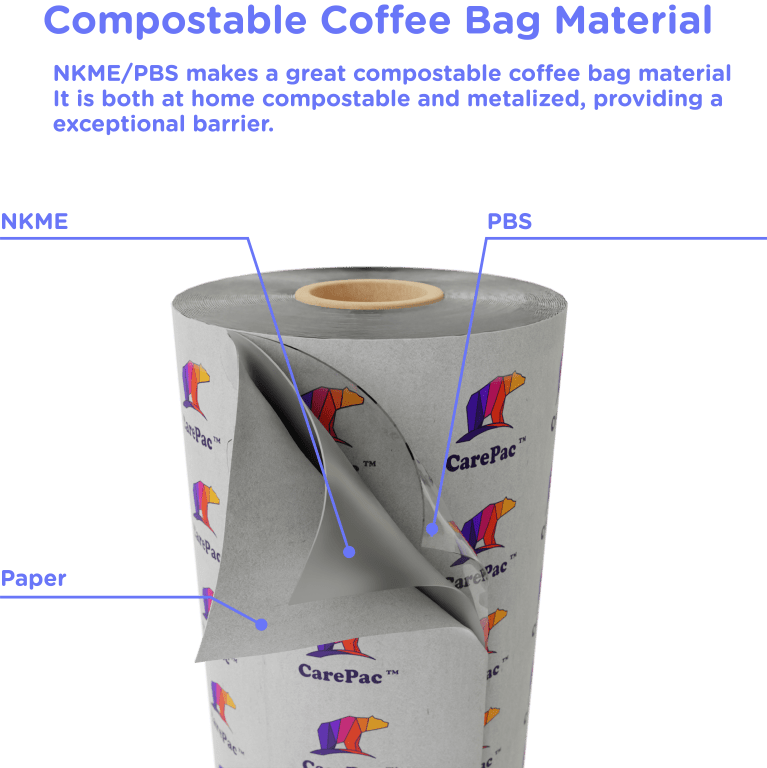

Due to adopting sustainable packaging solutions, there are reports of a significant and growing eco-friendly market segment. Specifically, environmentally savvy companies are seeking for solutions that are renewable, compostable, and biodegradable.
Listing Coffee Health Benefits on Labels
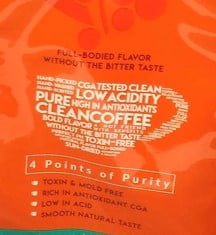

The humble coffee bean has a myriad of benefits. These benefits are exciting news for the consumer who care about the healthy aspects of the products he adds to the cart.
As such, labels that includes the health benefits of the products are one the trends that is rapidly growing. This appeals to the average consumer who would be inspecting the coffee packaging before their purchase. Altogether, this aims to hook the consumer who is changing their shopping habits to include foods or beverages that naturally improve their healthiness.
Unique Custom Design
Packaging stands to be the biggest differentiator between the several roasting companies that supply the coffee market. As such, one of the most popular trends is to go for designed coffee packaging that gives the brand a unique look.
For the packages, reusable printing plates are chosen due to high-quality finish. Further, digital printing has made it possible for a coffee roaster to produce in small batches without compromising on the quality. Finally, roasting companies are adopting more diverse color palettes, all of which are big attention-grabbers when the coffee reaches the shelf.
Notably, while custom-printing your coffee packages is a significant differentiator, it can be burdensome and costly, especially for single retailers or companies with minor market command. Still, it remains your best shot at capturing the attention of the average consumer and keeping them returning for your coffee. But just make sure that if you do decide to go the route of designing your own packaging, that you do so correctly and avoid these costly mistakes.
Earthy Neutral Tones in Line with Natural Healthy Option Brand
For businesses keen on being an all-natural brand, the tendency has been to adopt earthy or neutral tones in their packaging. Using said color pallet appeals to the conscientious consumer who prioritizes sustainability and the environment.
Specifically, packaging that has varied colors of soil, natural minerals, or the ground. When combined with different hues of brown, the whole package has a harmonious scheme that makes the packaging stand out.
You could consider a brown-tinted earth color for your coffee brand, which should provide an extremely calming and grounding feel as the consumer peruses through the coffee aisle. You can include different hues of mahogany or leather for a luxurious finish. Overall, choosing a color that evocates the natural world usually sells the brand as eco-friendly and sustainable.
Materials that Meet Barrier and Marketing Needs
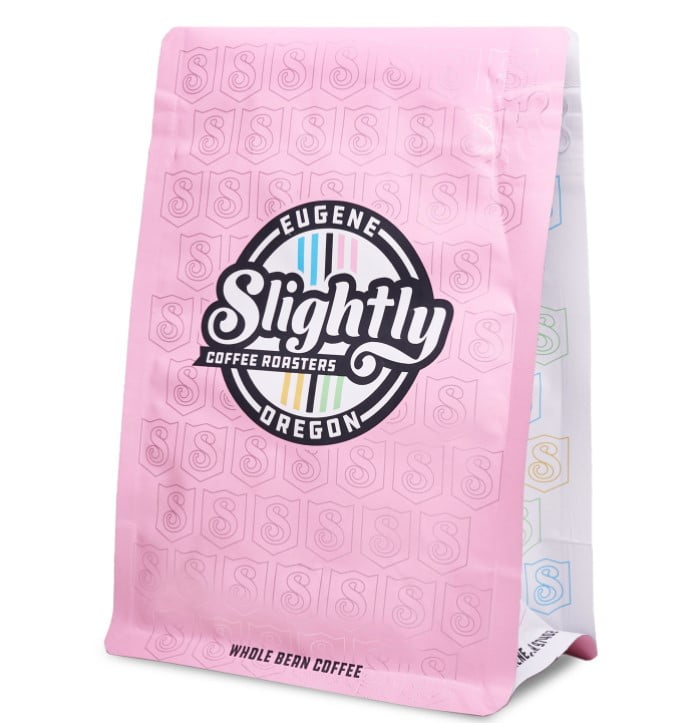

The visual look of the packaging is one aspect, but another is the choice of the base material that the ink is laid on. Packaging materials need to provide barrier, but also need to convey the same brand ethos as the art designs. Square bottom style configuration is more popular when you say coffee bags.
Coffee roasting companies have to consistently tweak their choice of packaging material to meet and respond to the new opportunities in the market.
As such, these roasters have their eyes peeled for what the latest innovations are when designing the perfect coffee bag. They have to continuously test out various packaging materials to see which ones have shorter printing timelines, are seasonally fitting, and fit their budget.
Gloss packaging is preferred as it is an excellent medium for highlighting logos, words, and images on the packages. Besides, shiny packages ought to attract buyers to the brand. The downside of this packaging material is that it is not very natural-looking and might put off the environmentally-conscious consumer.
Matte packaging is the tendency for those who want a modern-looking pouch that stands out on the shelves. Besides, it makes it easier for the consumer to read off it than a gloss finish. Altogether, it is an excellent option for brands that want all-natural-looking articles.
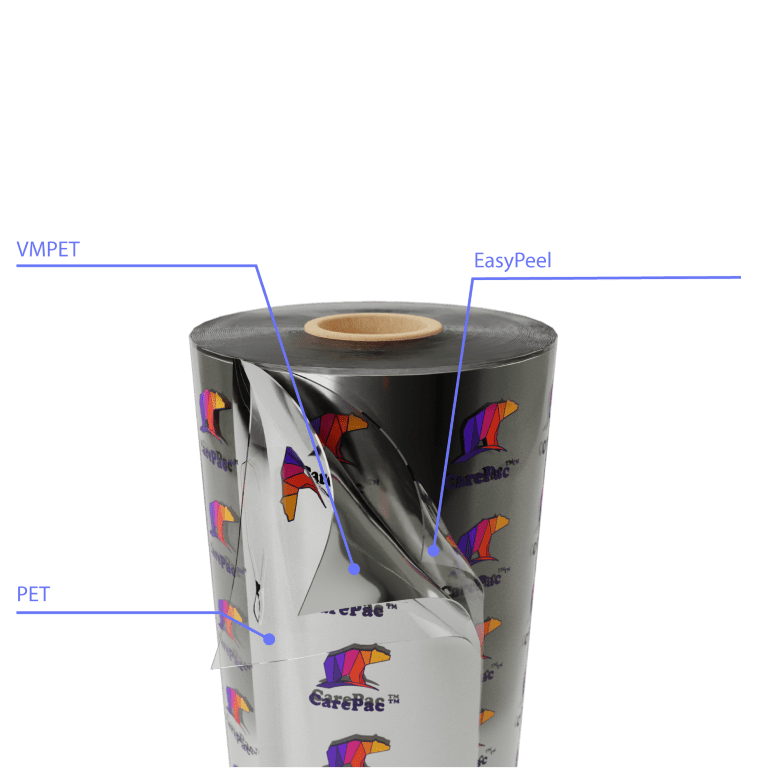

Finally, a that is catching on is Soft Touch packaging. This gives a luxurious finish that should attract the high-end consumer. While it looks like matte packaging, the packaging is relatively more expensive and has a different feel to it.
Flexible Barrier to Keep the Coffee Fresher for Longer


Granted, coffee does not actually go bad as it is a dry food and therefore does not have a firm expiration date. Still, you want to store your coffee in a manner that ensures that it remains shelf-stable for longer.
The barrier film for flexible packaging is one of the newest trends that is proving to be a flex for the future. Its technology not only provide a good design that persuades the customer, but it is functional as it pertains to maintaining the quality of the coffee therein.
There is an increased inclination towards the CareClear clear plastic bags for coffee packaging. This material is not only affordable but protects your dry coffee beans against moisture and oxygen. Another tendency is the addition of EVOH, PVDC, and ALOX in the packaging material to enhance the capabilities of the base material.
Gaining more space among the trends is the use of CareSilver metalized PET pouches as the packaging material. These are economical, effective, and free of toxins, including BPA, TSE, Sulphur, and Phosphates, making them a healthy, effective packaging option. Besides, this material gives the packaging a reflective surface that should attract potential customers.
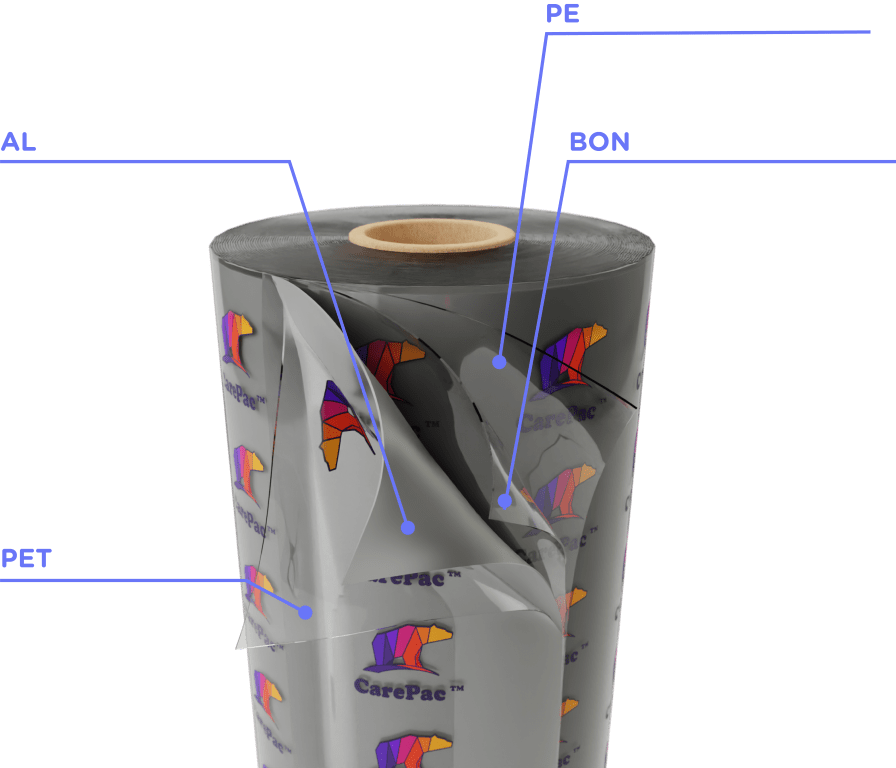

The highest barrier for your coffee will be found by incorporating Aluminum foil. CareFoil PET/AL/PE offers significant barrier to oxygen and water. This capability can be strengthened using Mylar which makes it an even more effective packaging medium, being the best choice for long shipping periods.
Finally, for coffee roasting companies who want their packages to have a paper exterior look, the CareKraft packaging solutions make the perfect fit.
As a roaster, you may want to consider these insights about the emerging patterns and coffee packaging trends. Fortunately, there is an increased emergence of innovative designs that should help a brand differentiate itself from the rest of the herd, through technology, sustainability and unique marketing. This is particularly beneficial for companies that want to take advantage of the skyrocketing online orders. If you want to enjoy packaging that requires low minimum orders and has a 5% price match guarantee, reach out for an instant quote and order samples today.
